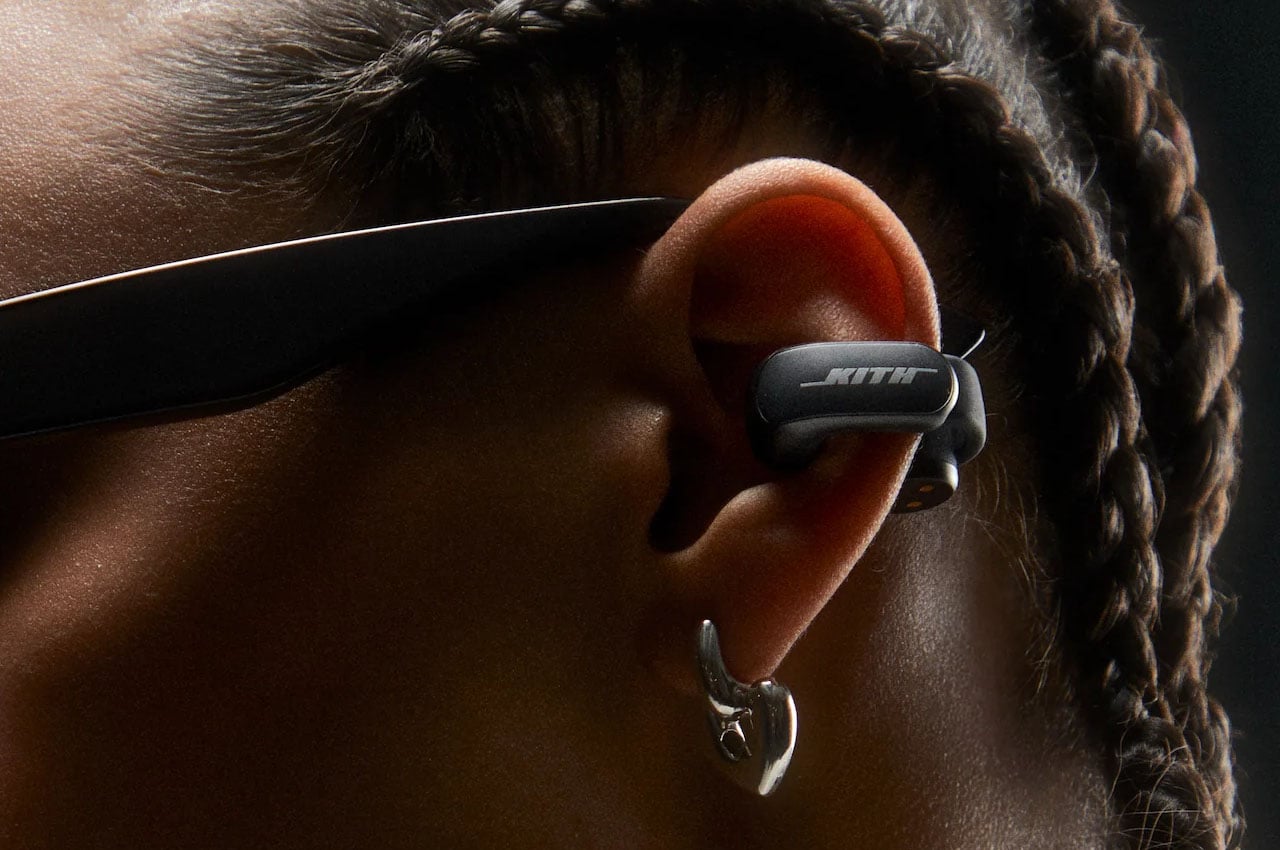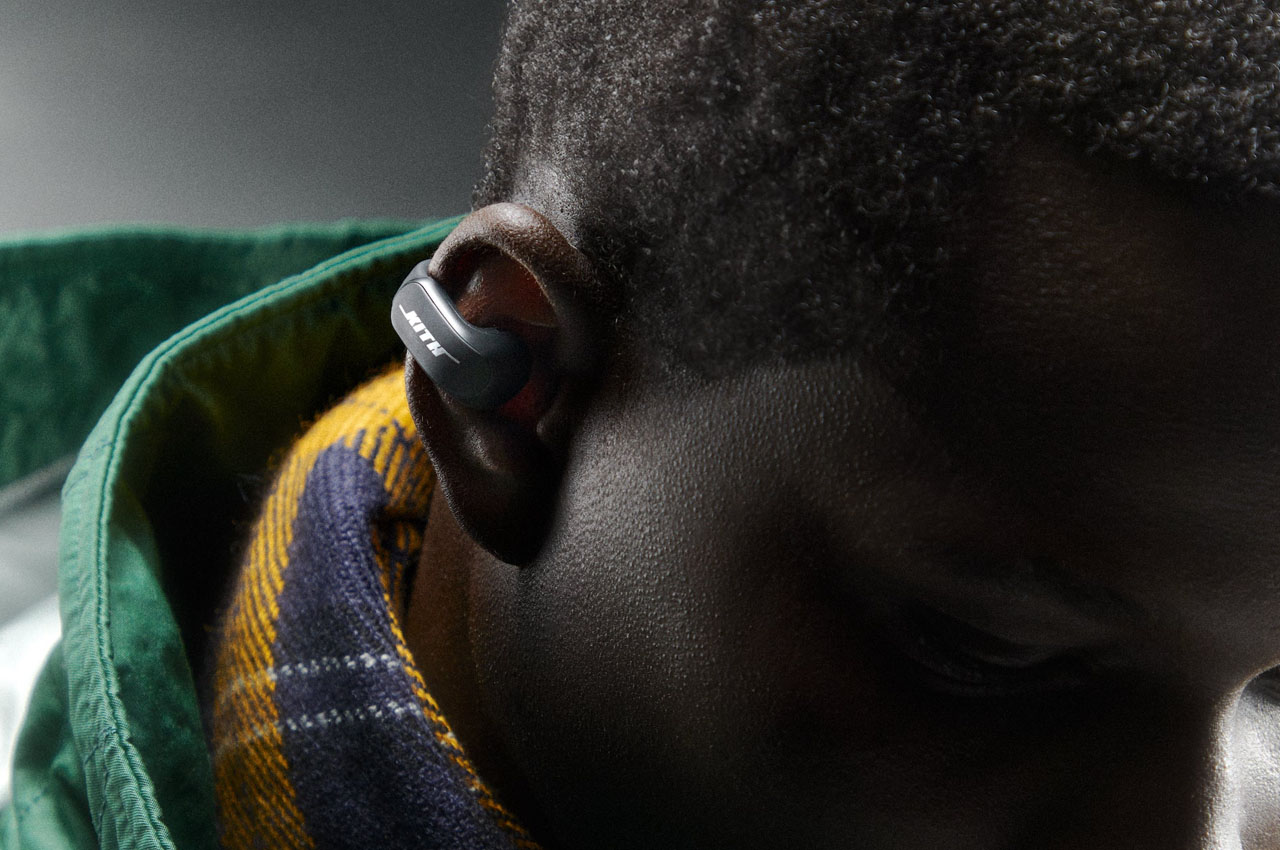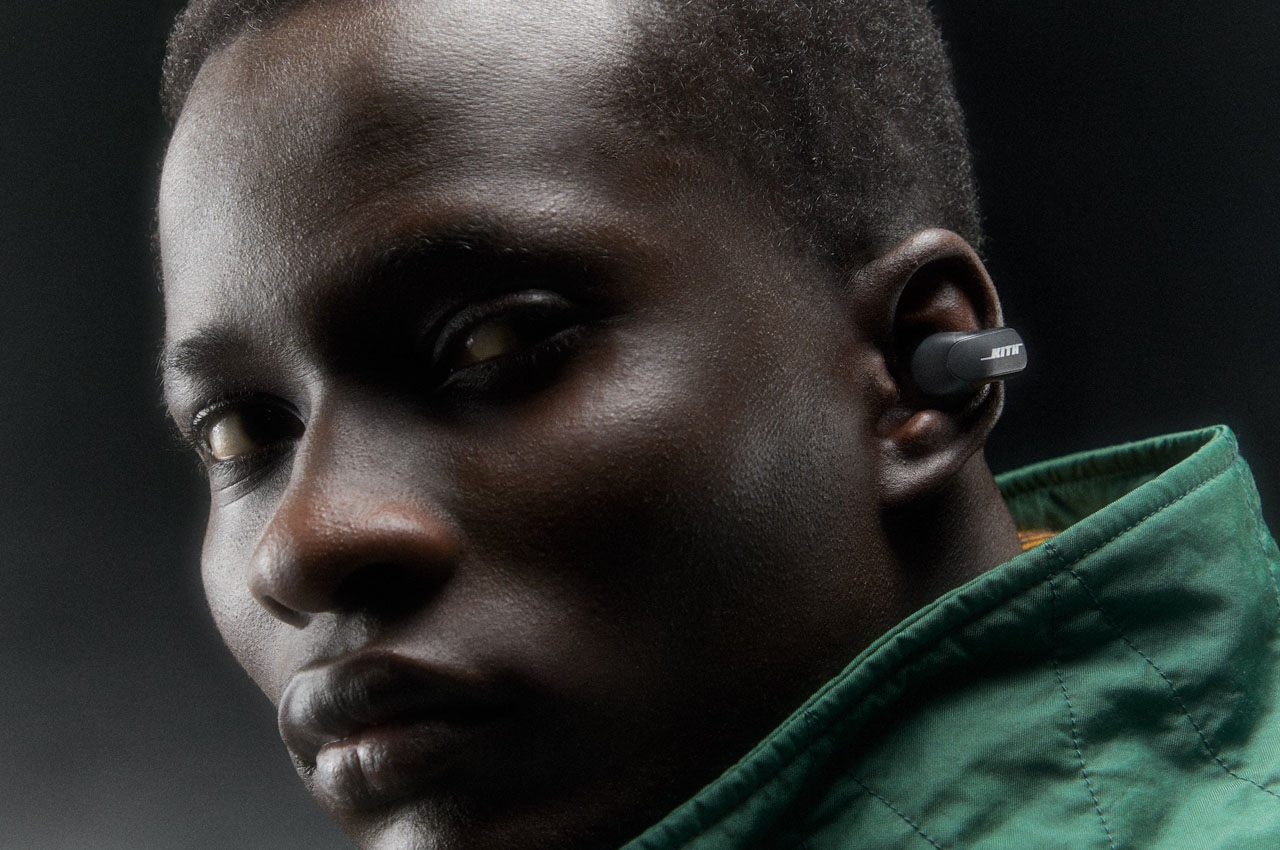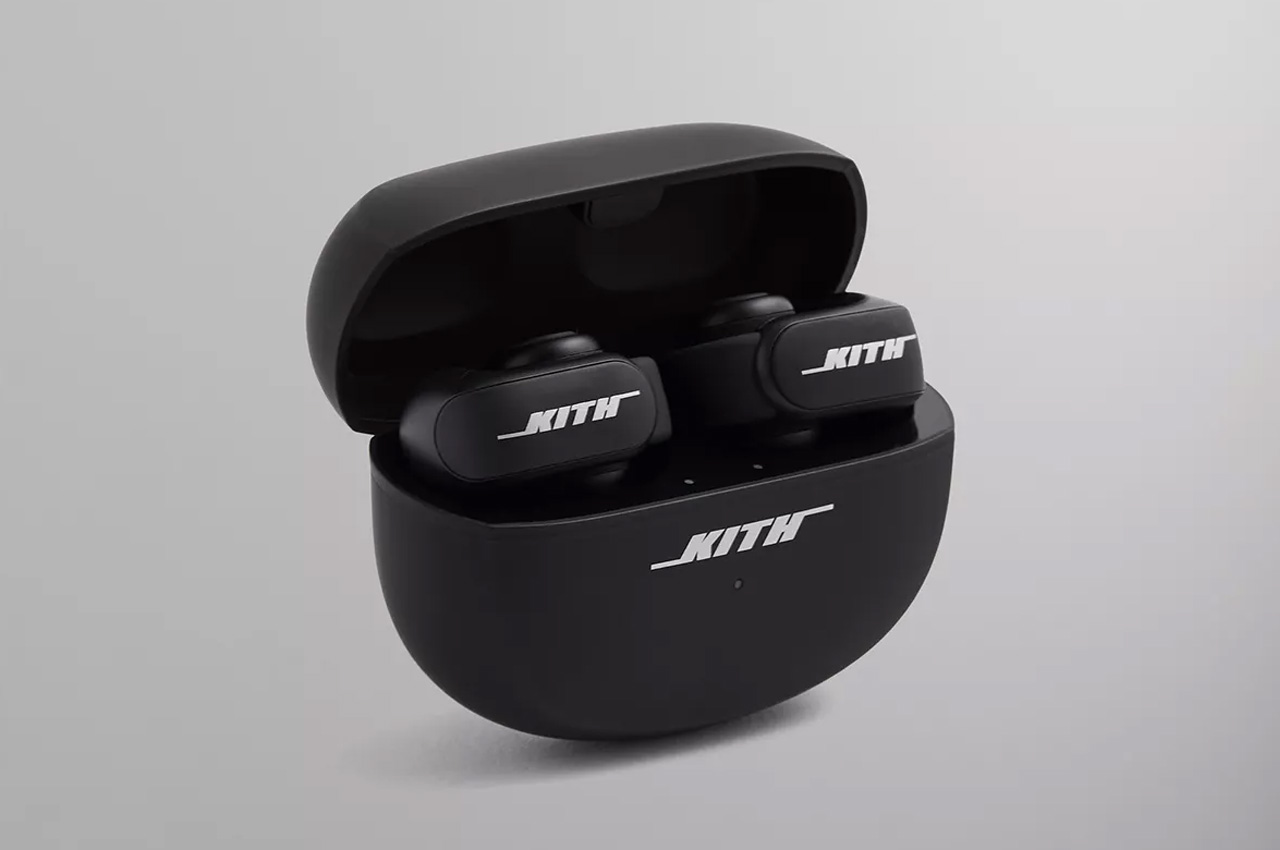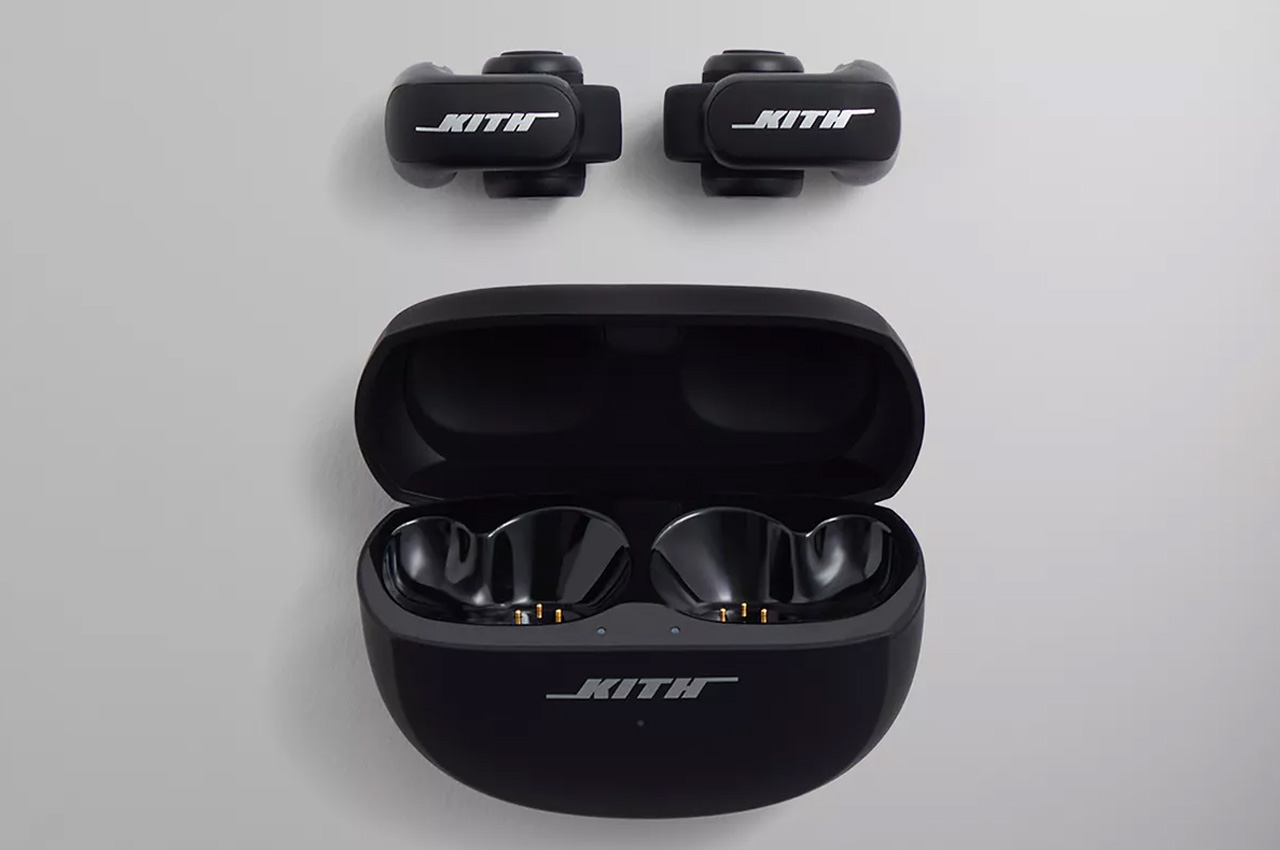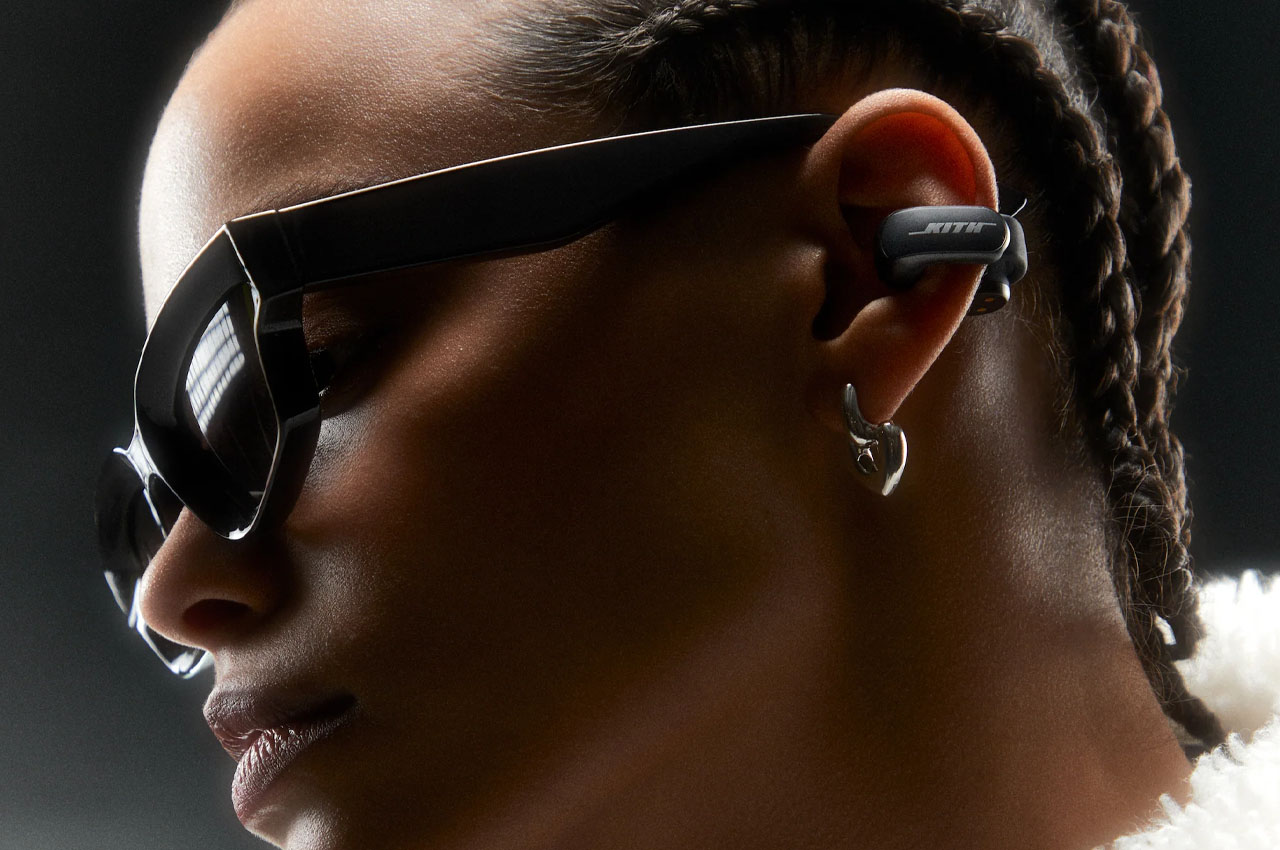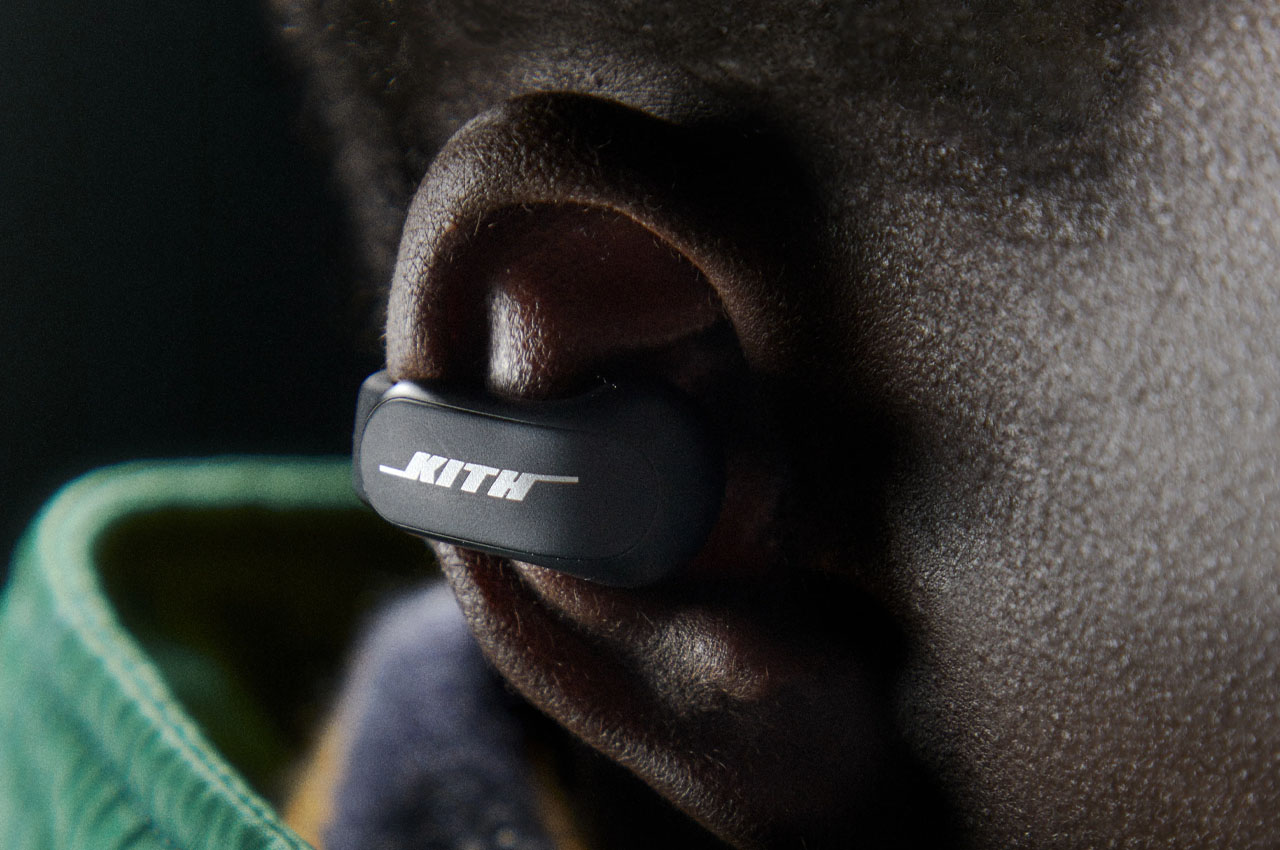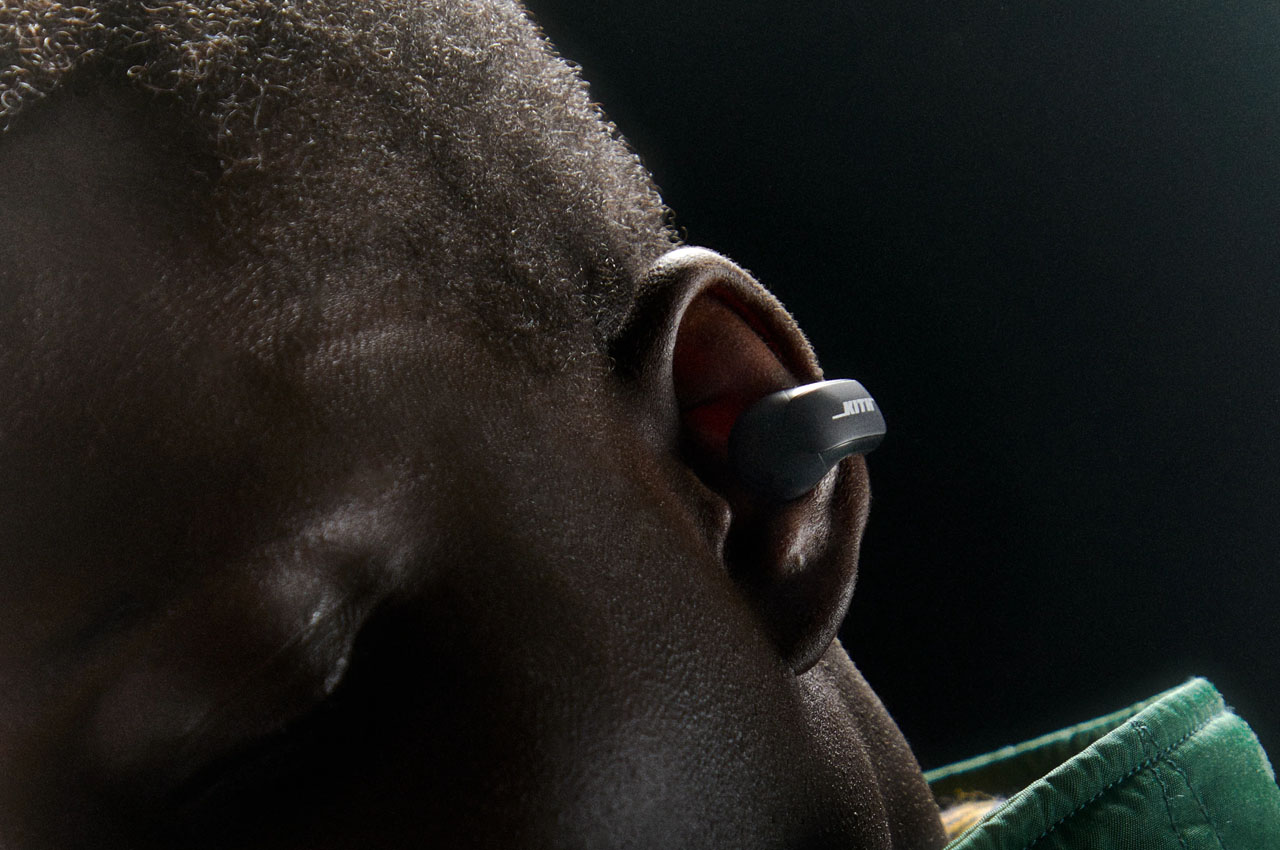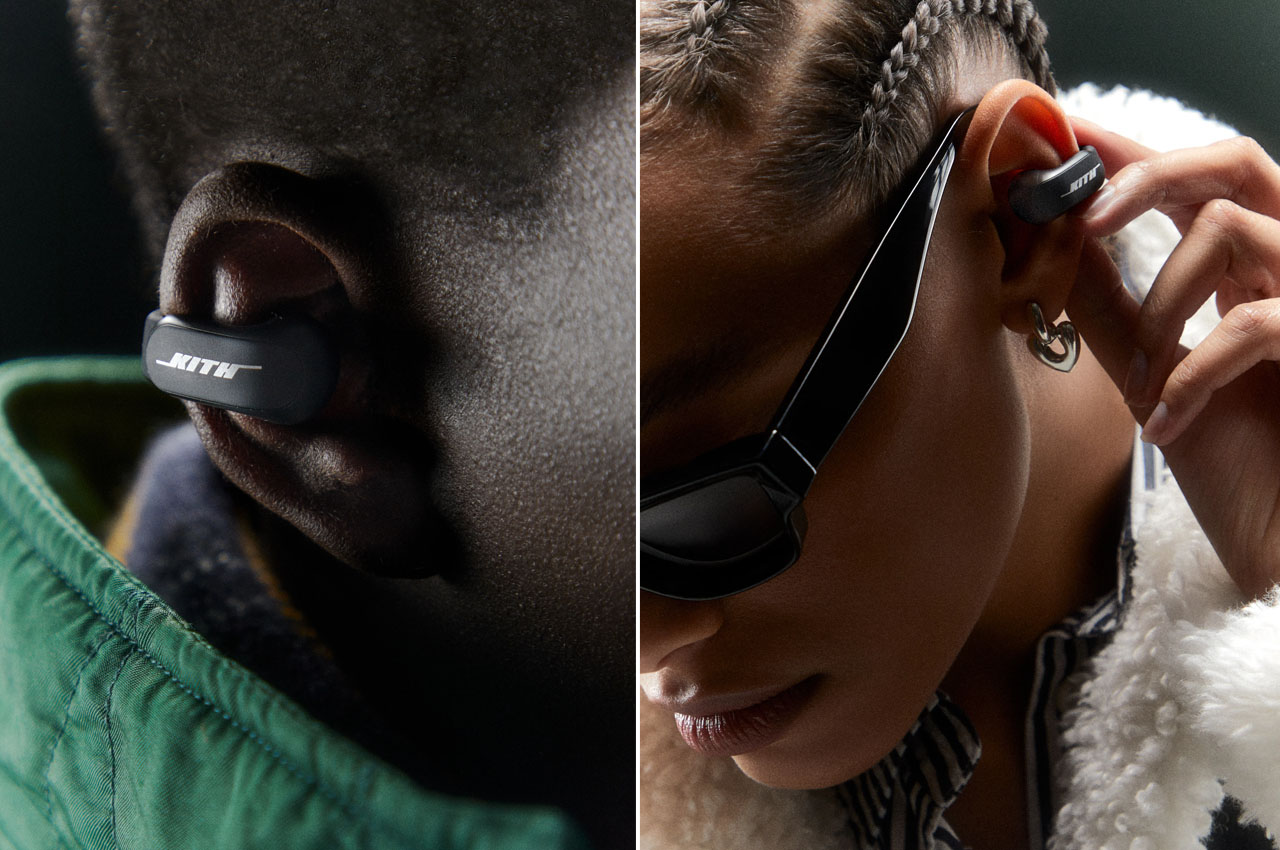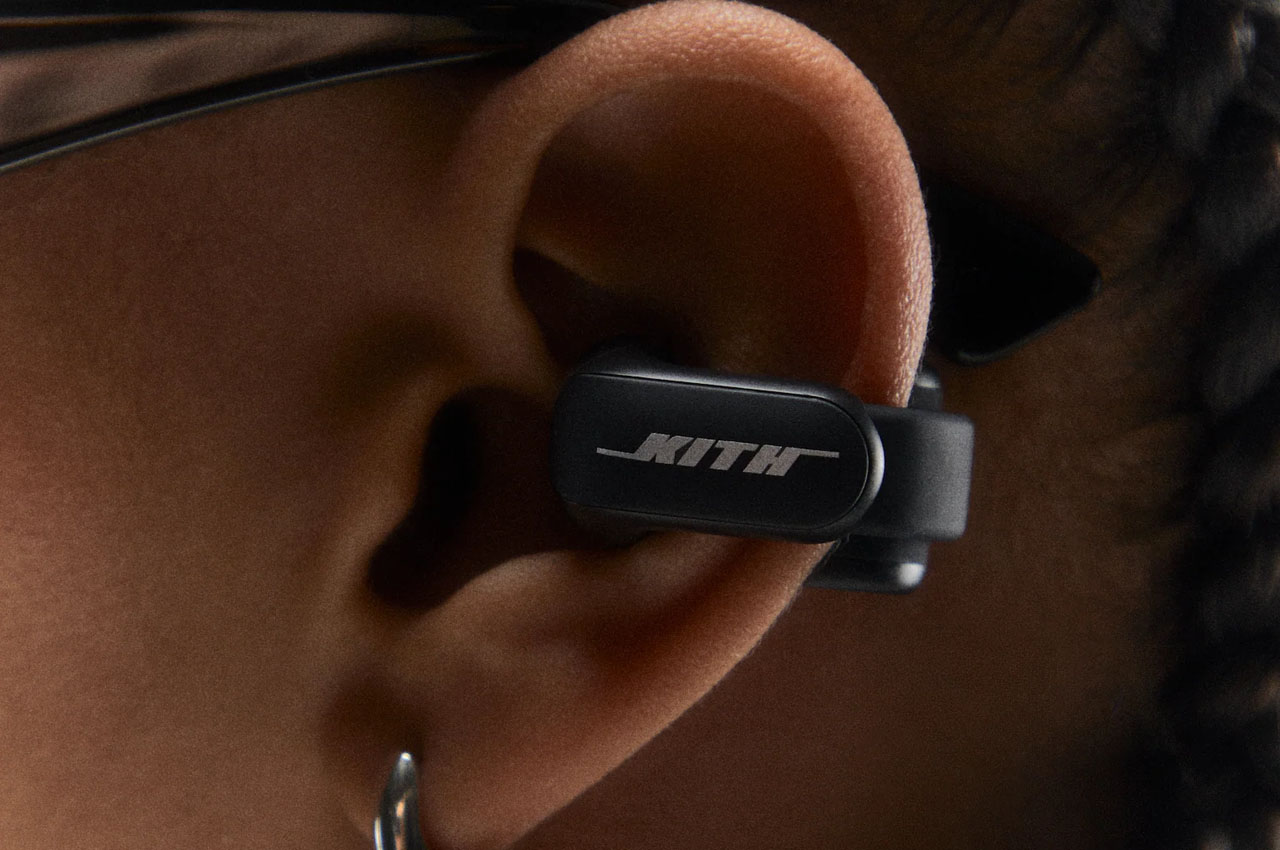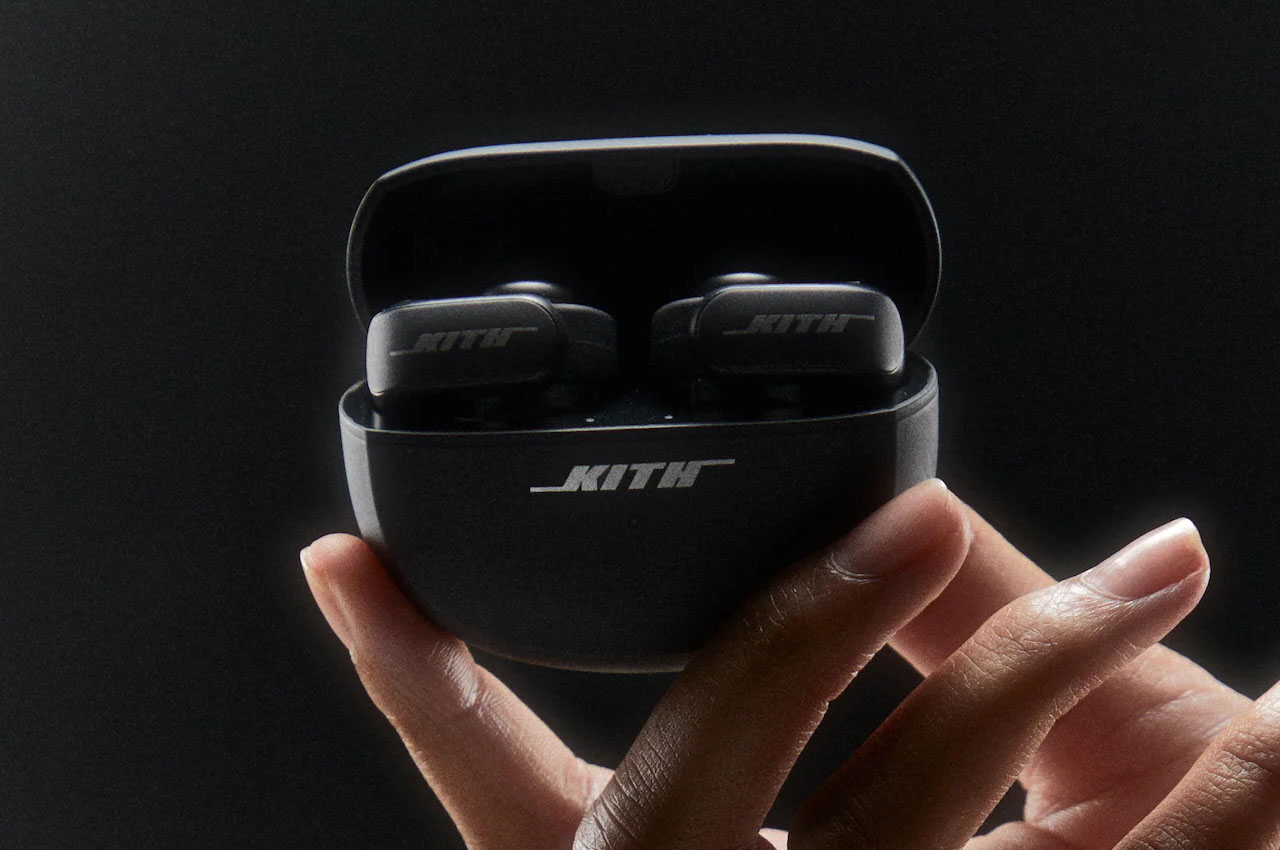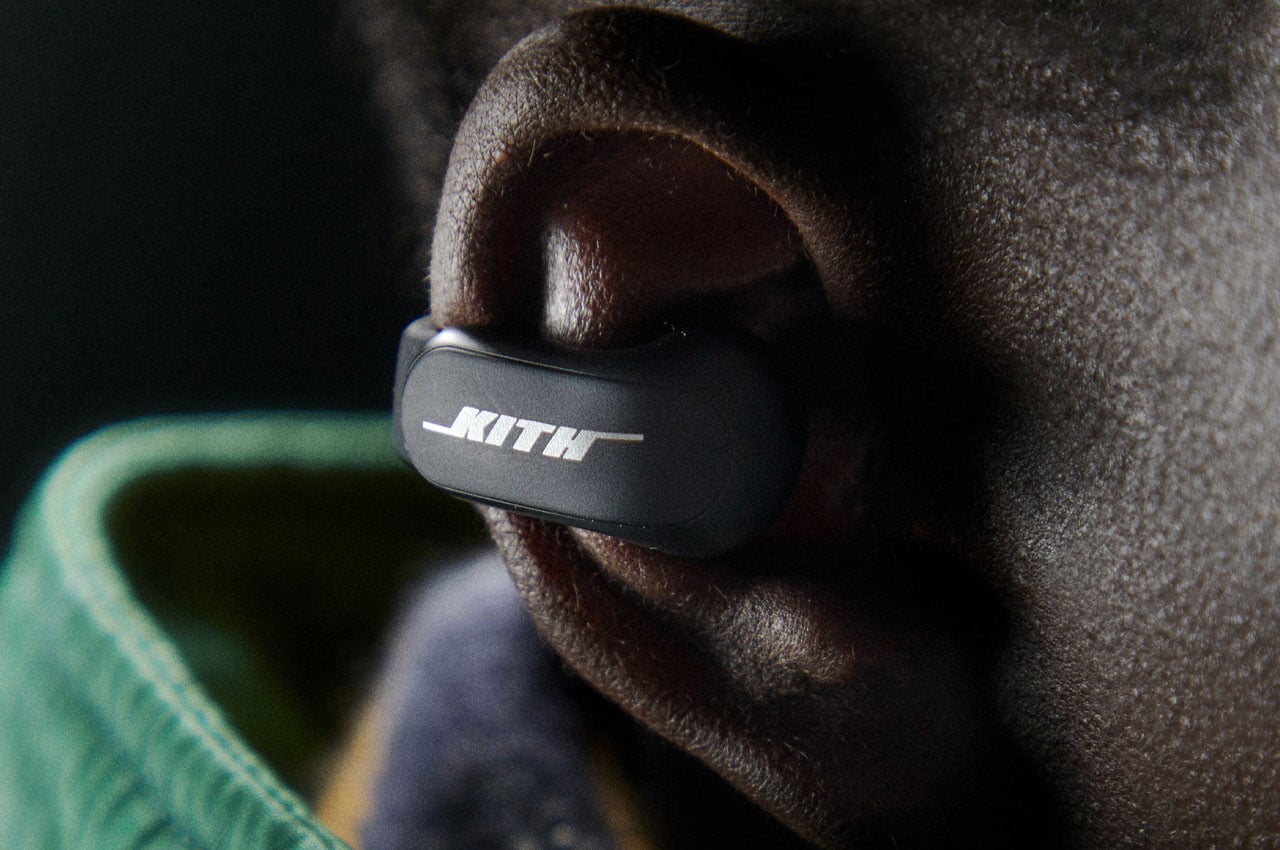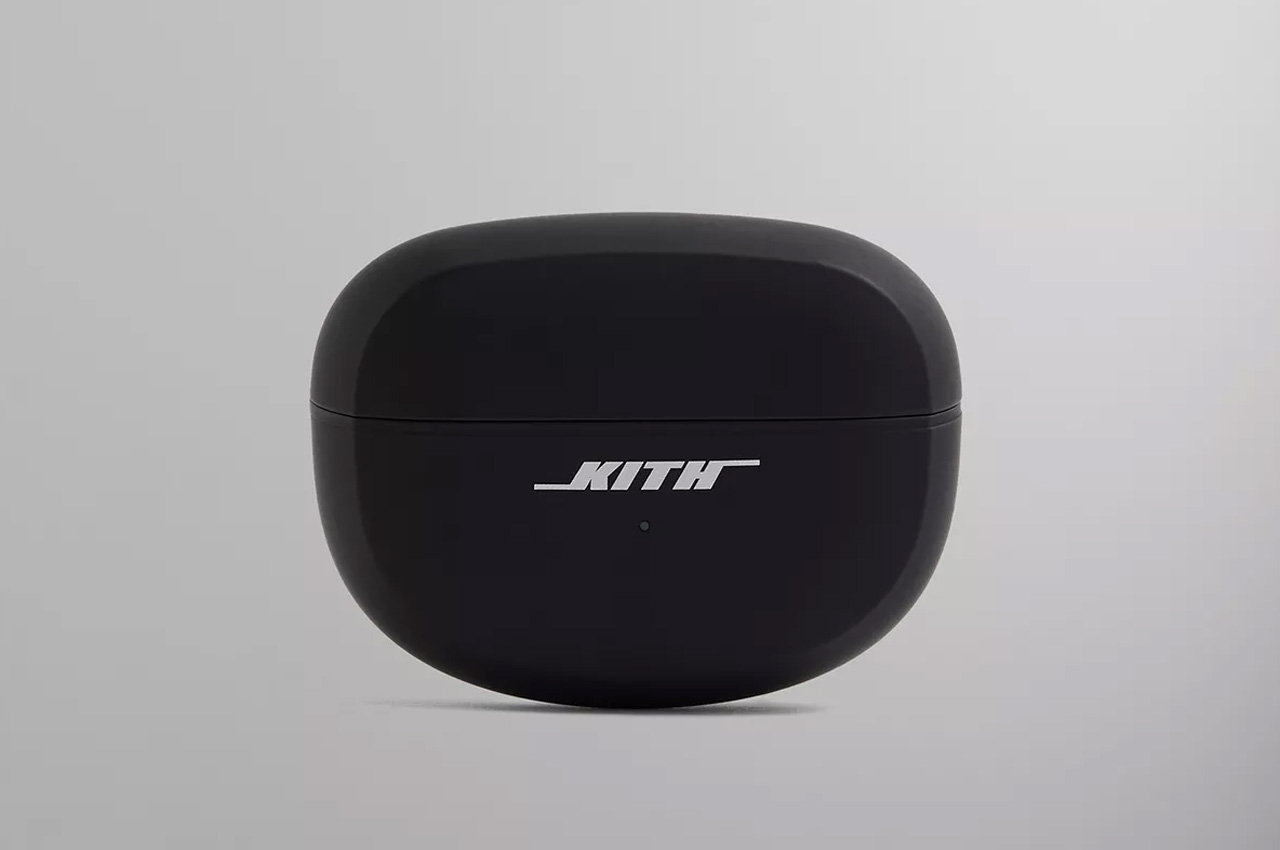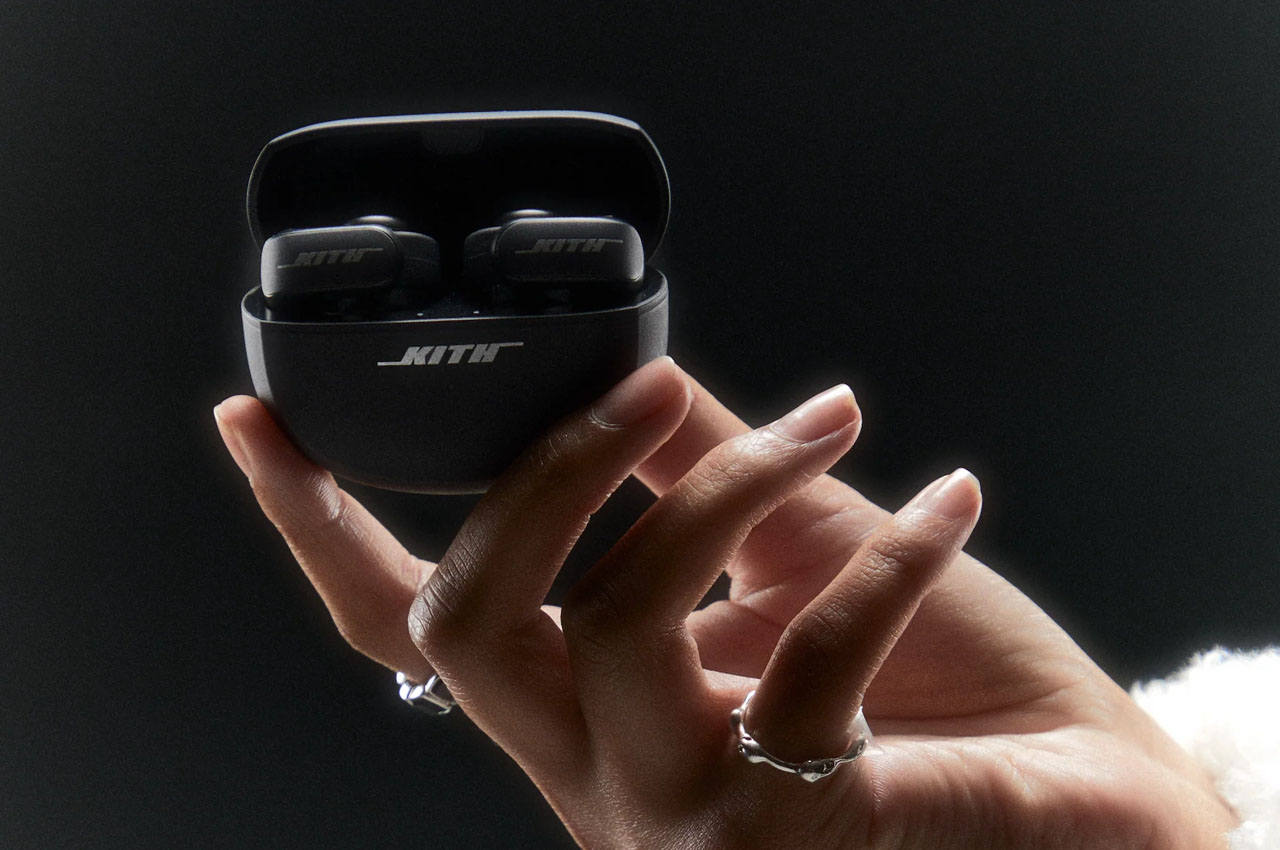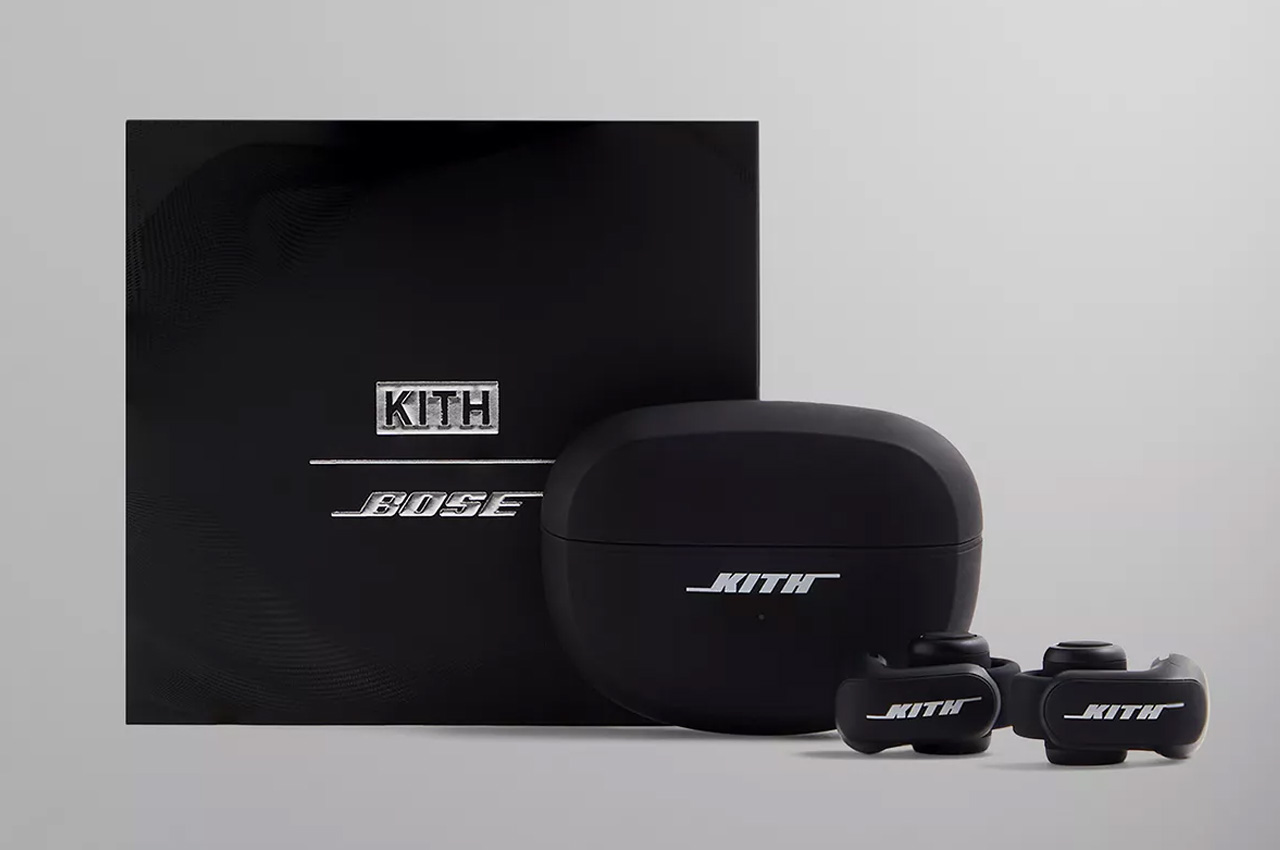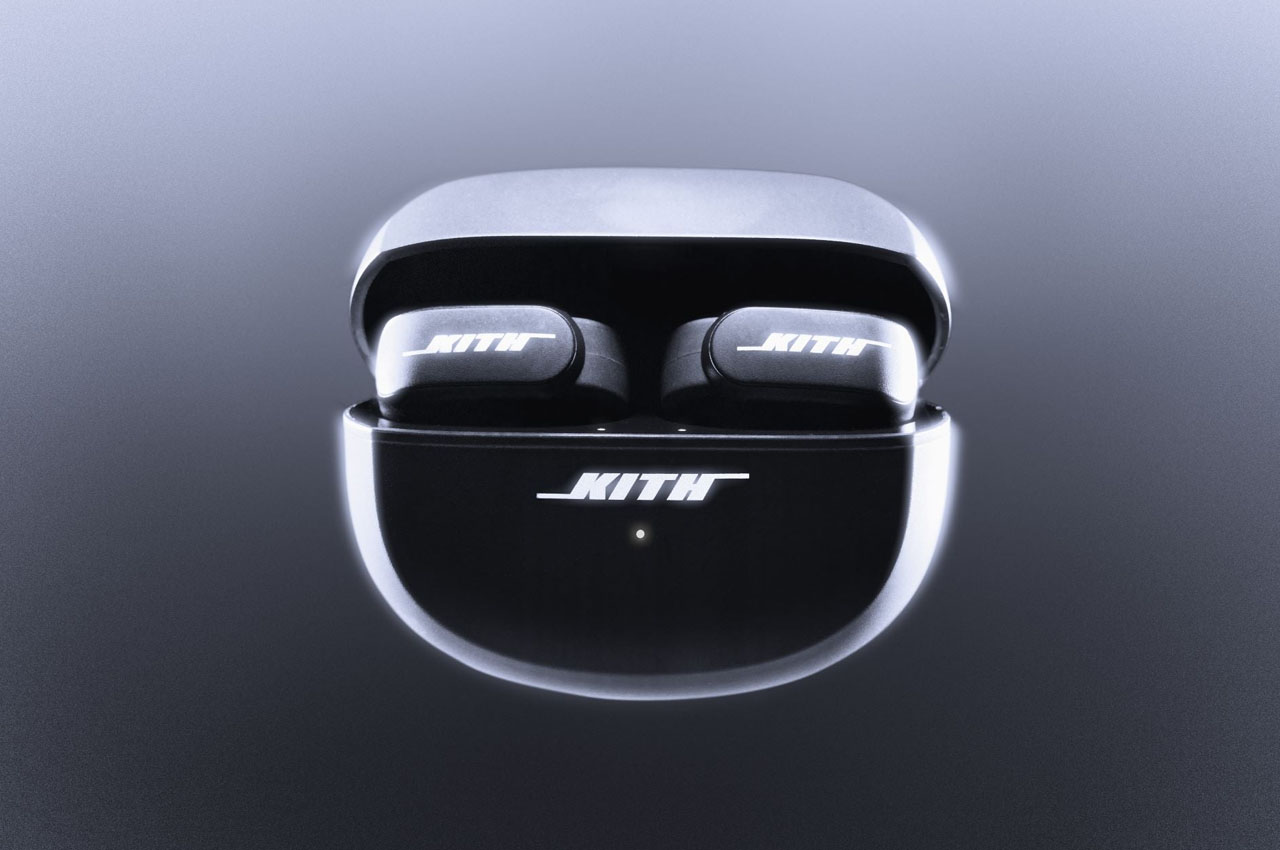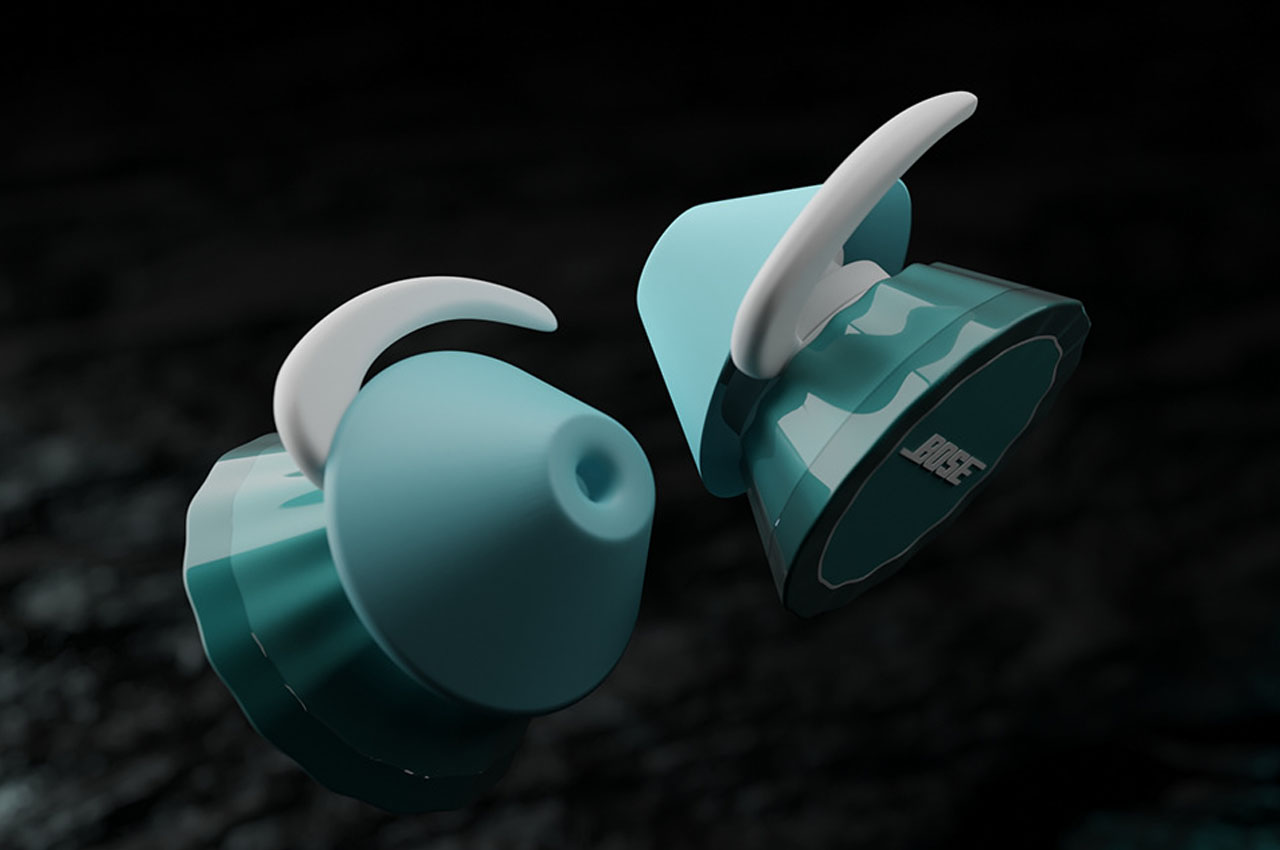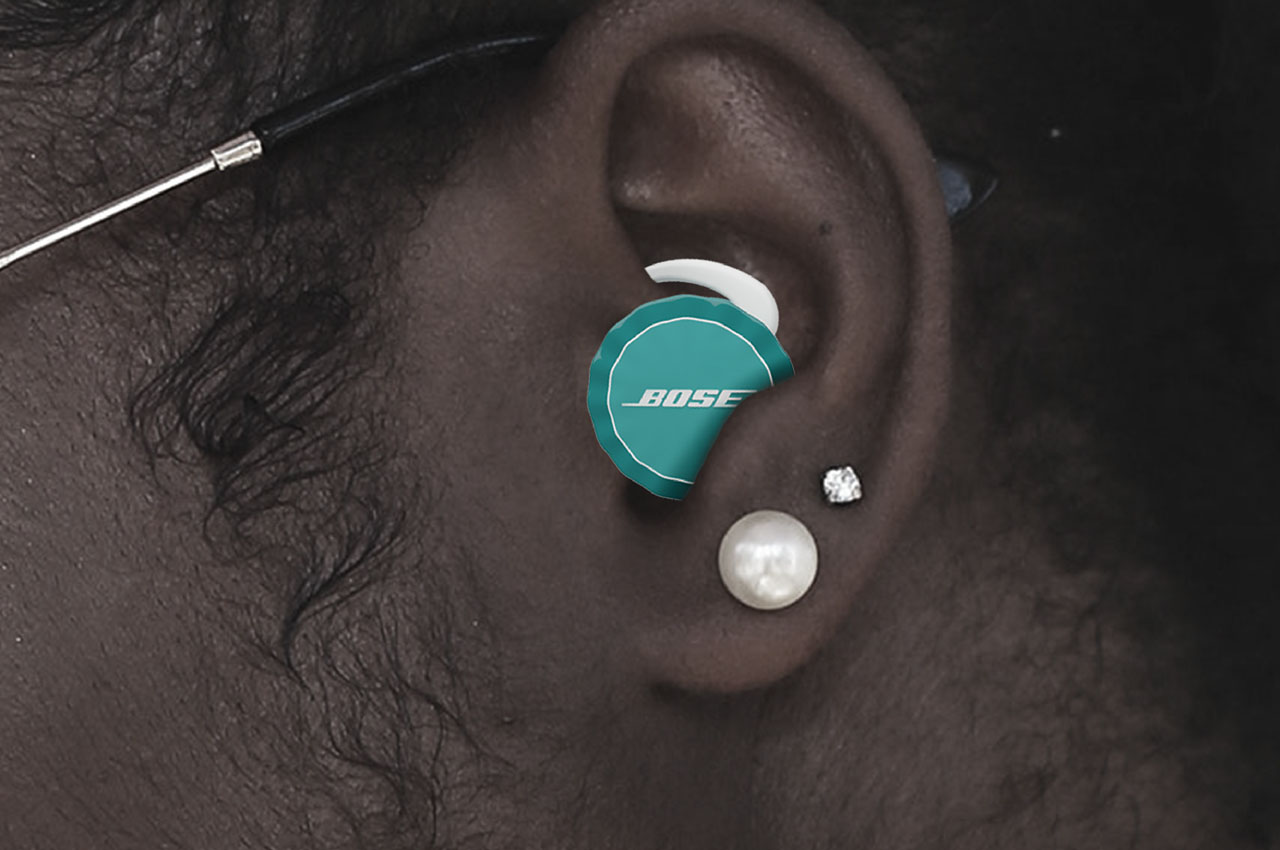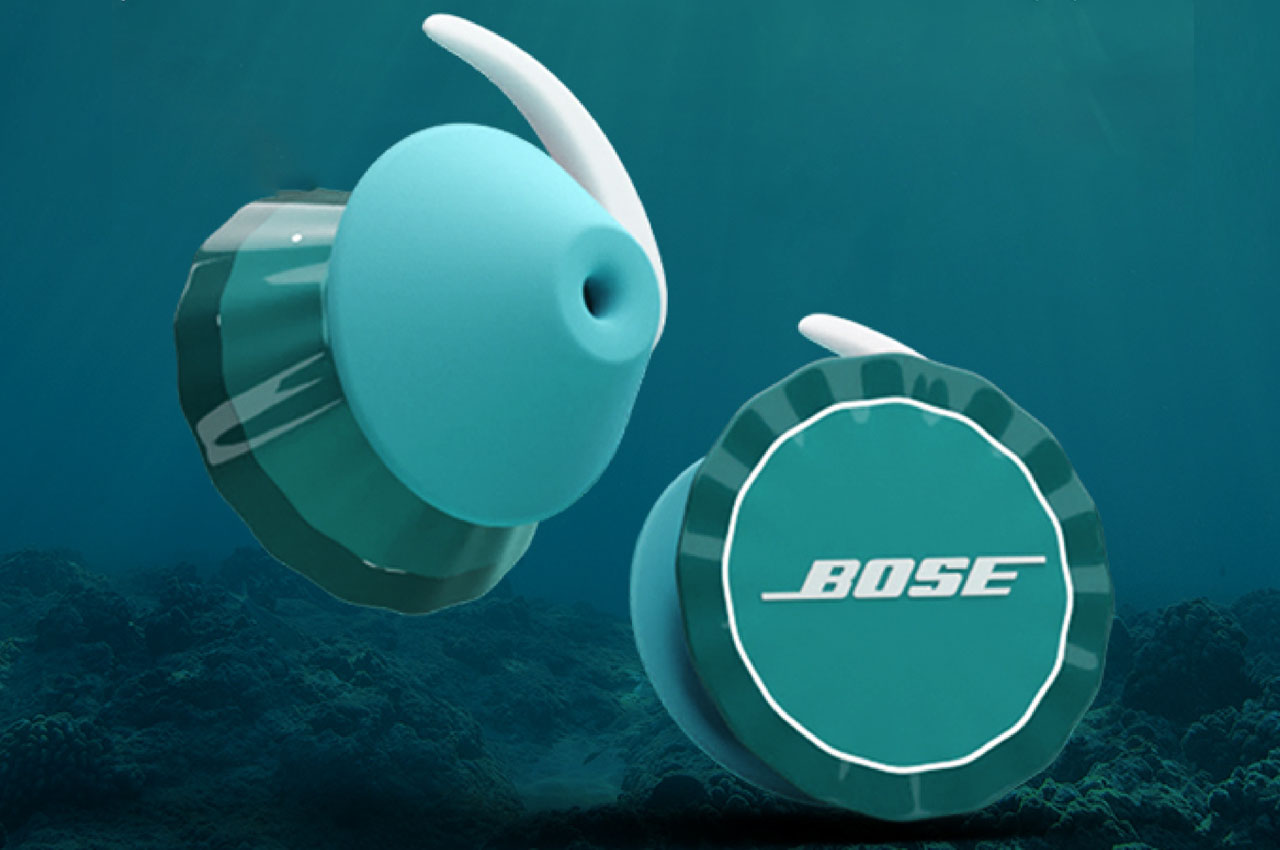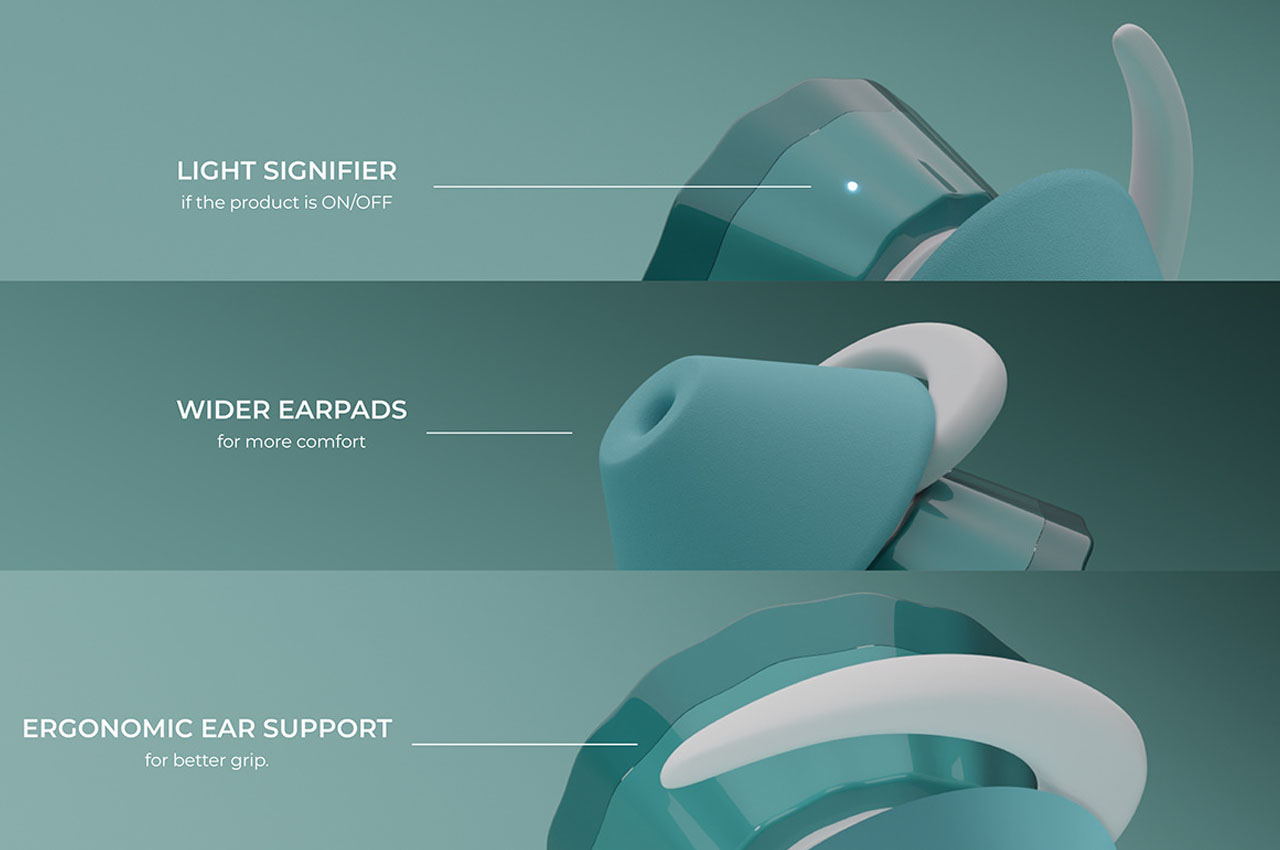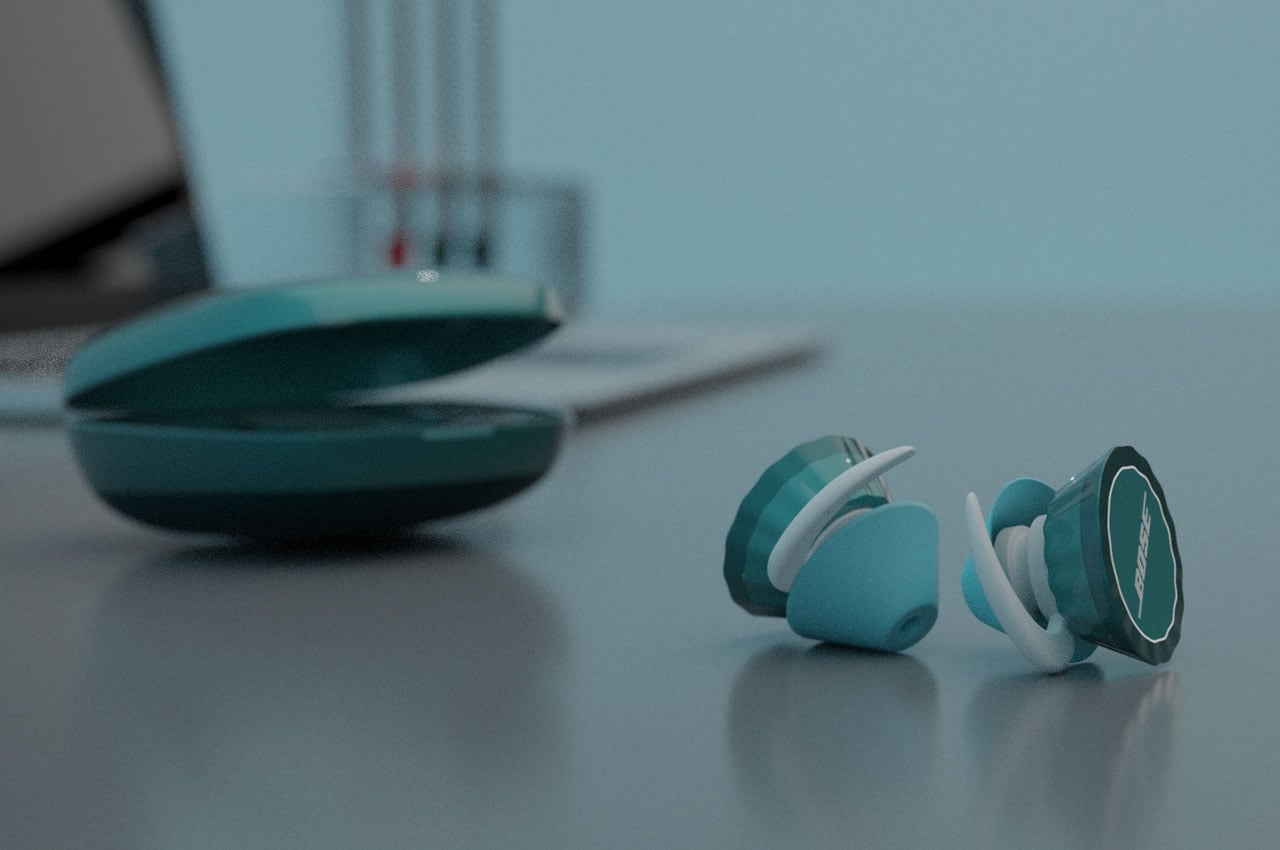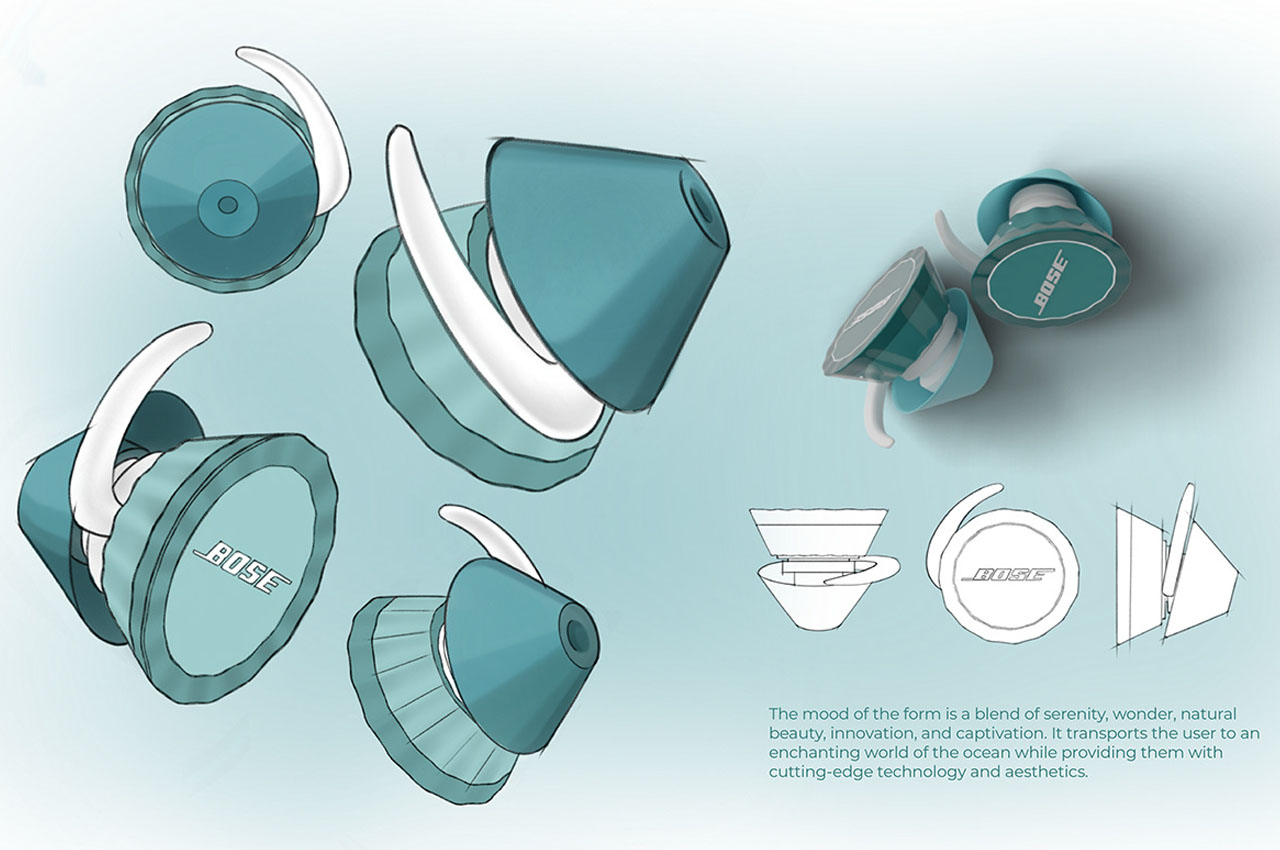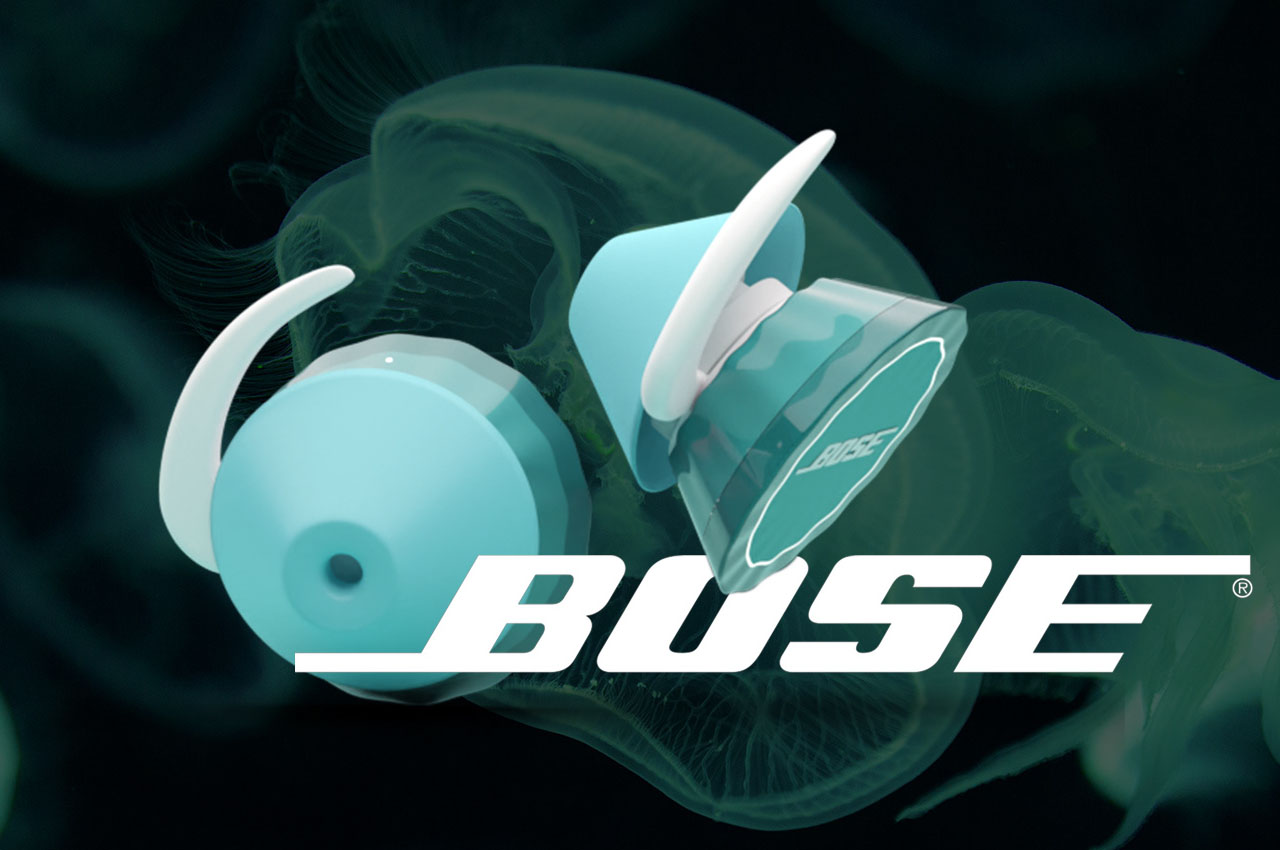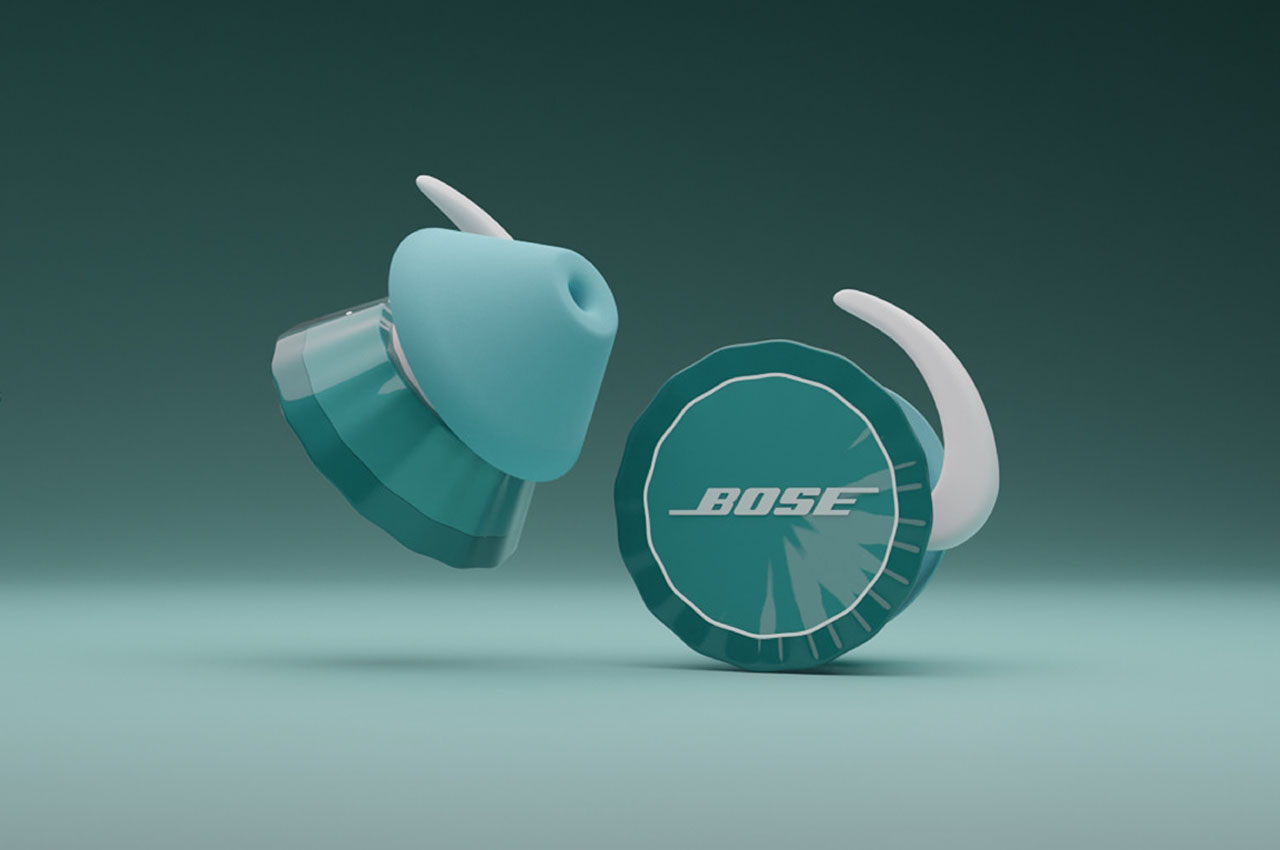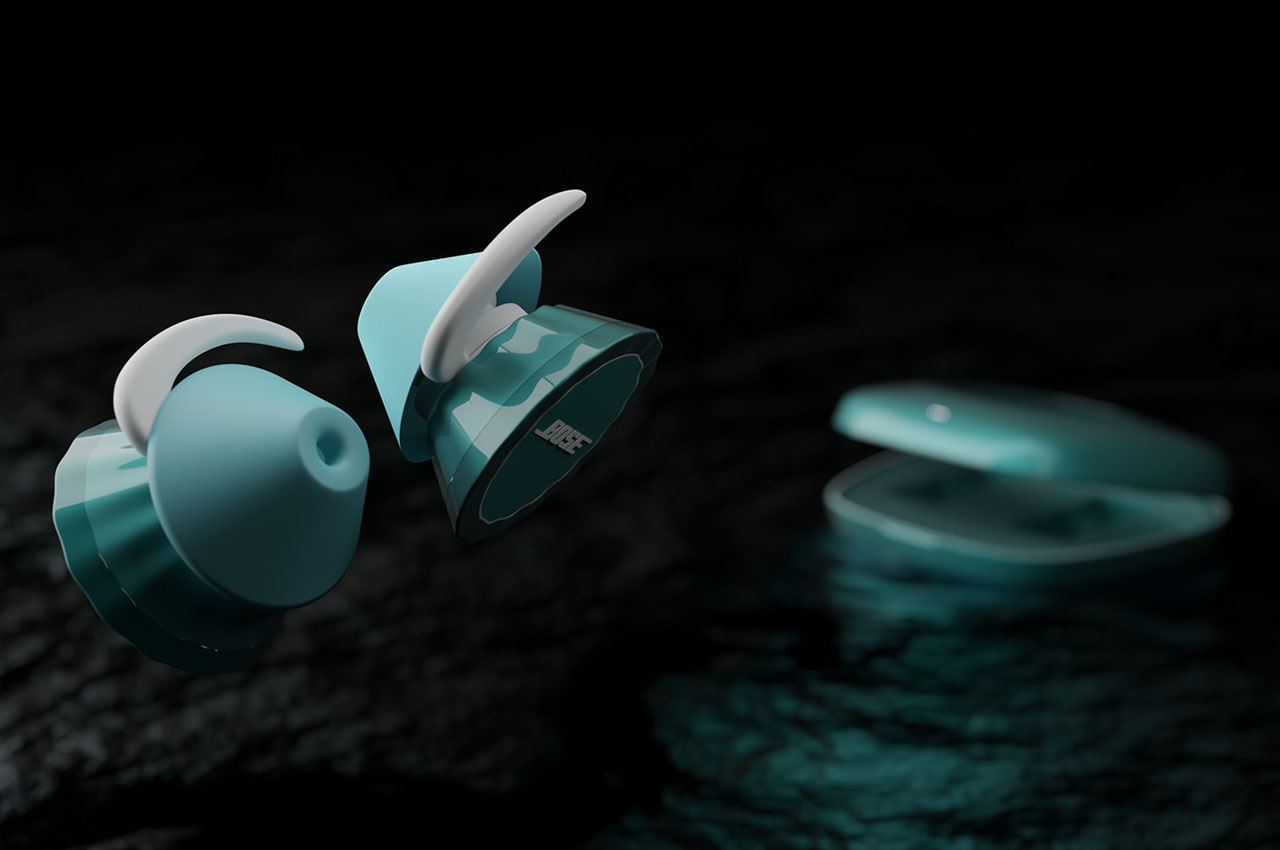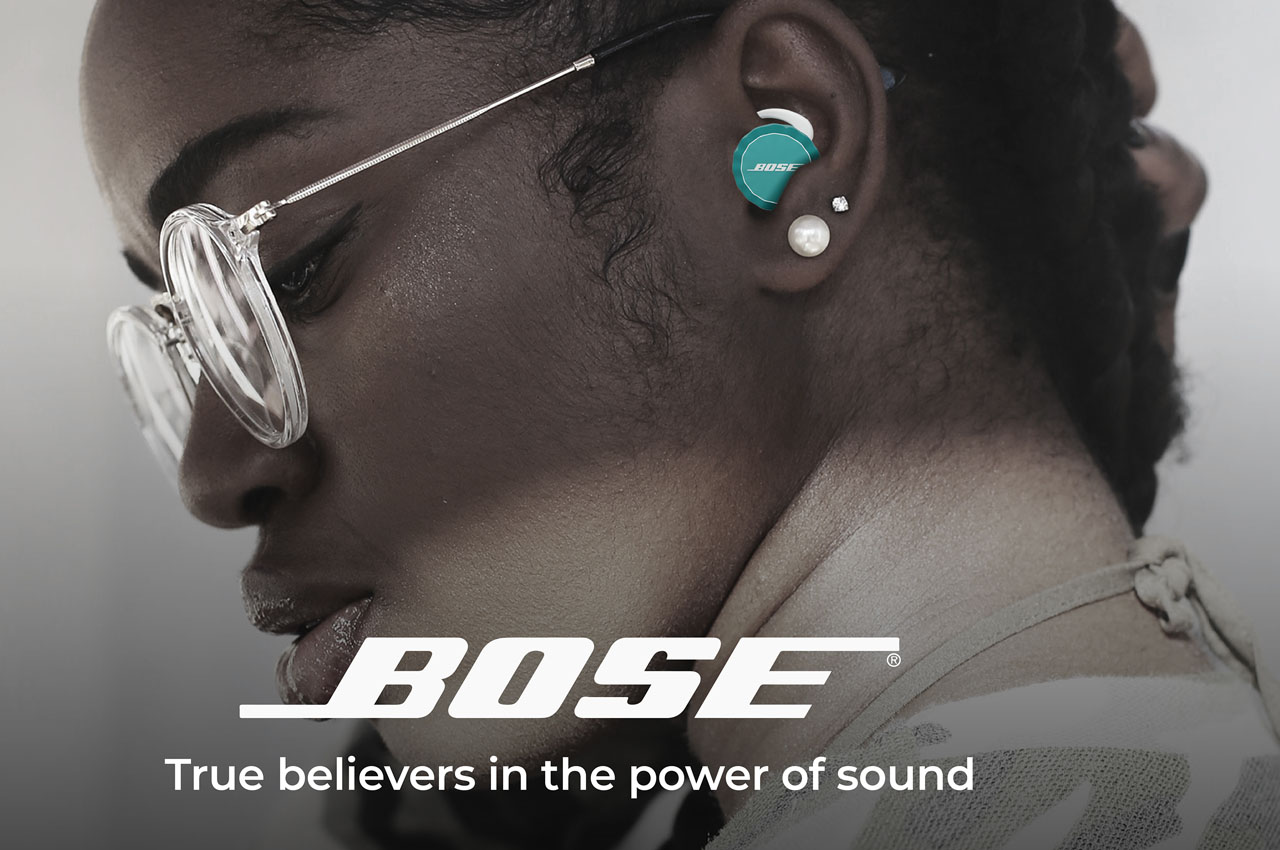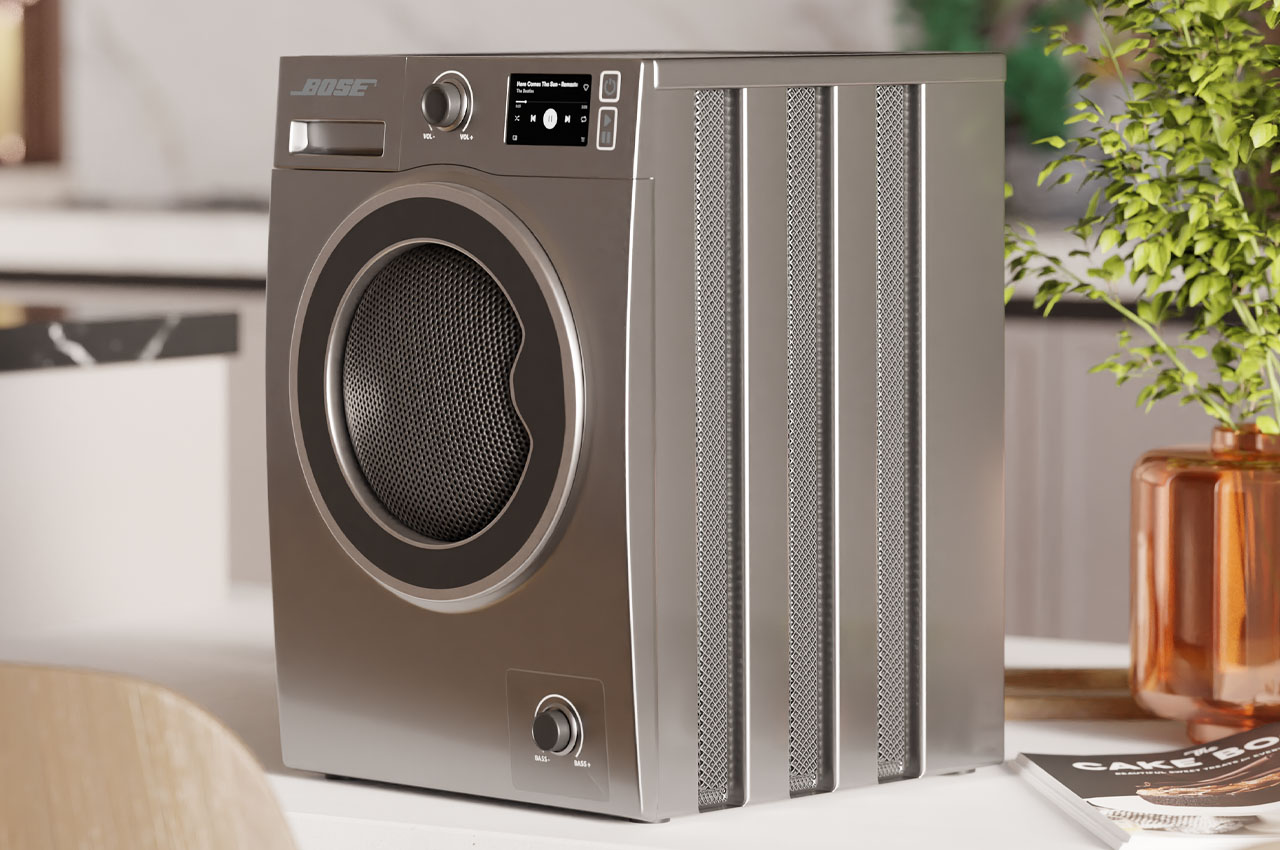
Portable speakers come in all types, sizes and themes but never before have I laid my eyes on one that looks like a front-loading washing machine. Only possible in the concept design world realm, this Bose branded portable speaker is a true conversation starter in any geeky den.
The intriguing design of this compact sound blaster tickles my fancy for its ingenuity in the placement of the different elements. Most definitely, you’ll start to see all those front-loading washing machines as a huge speaker once you lay your eyes on this concept. However, in reality all the button placements and speaker components are designed in a way that they seem like the perfect amalgam of portable audio equipment and a miniature washer for your undergarments.
Designer: Hari 3D
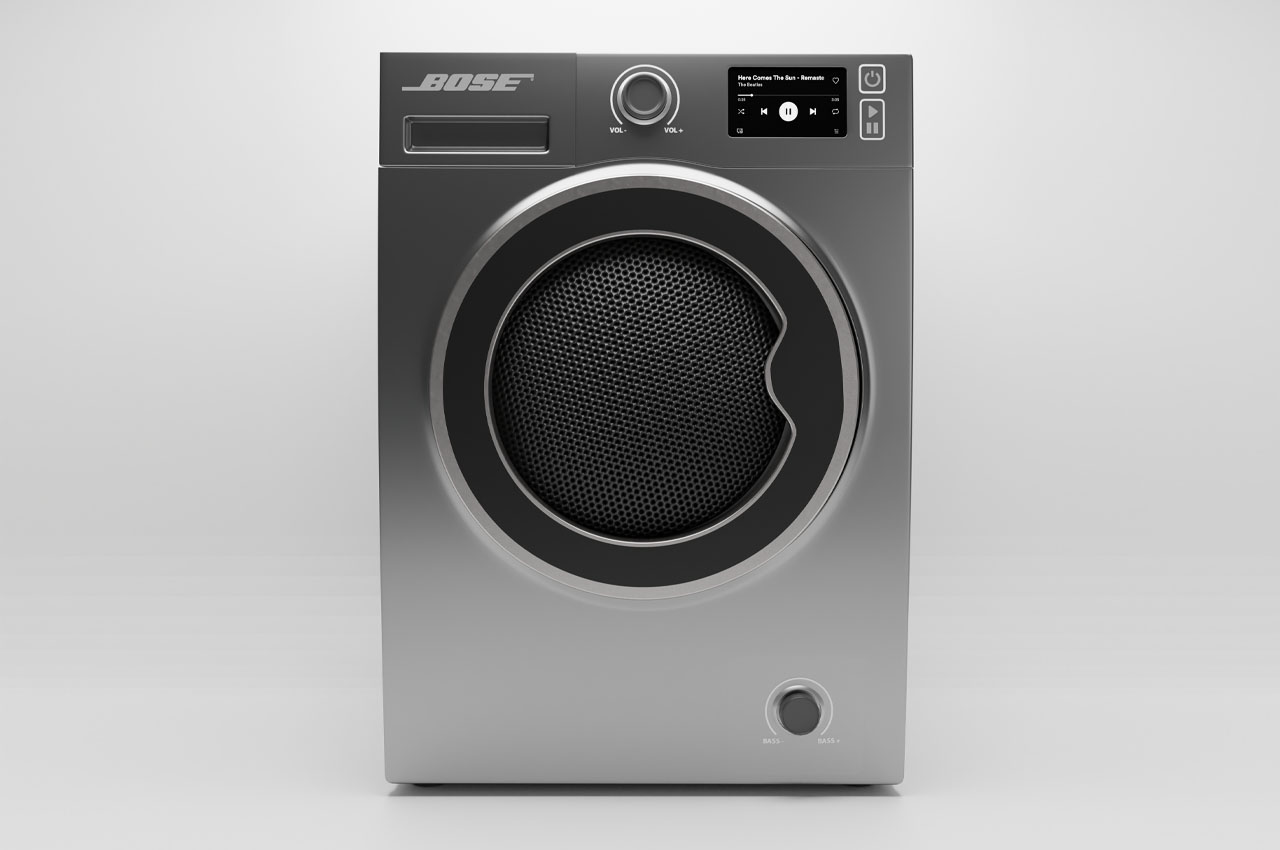
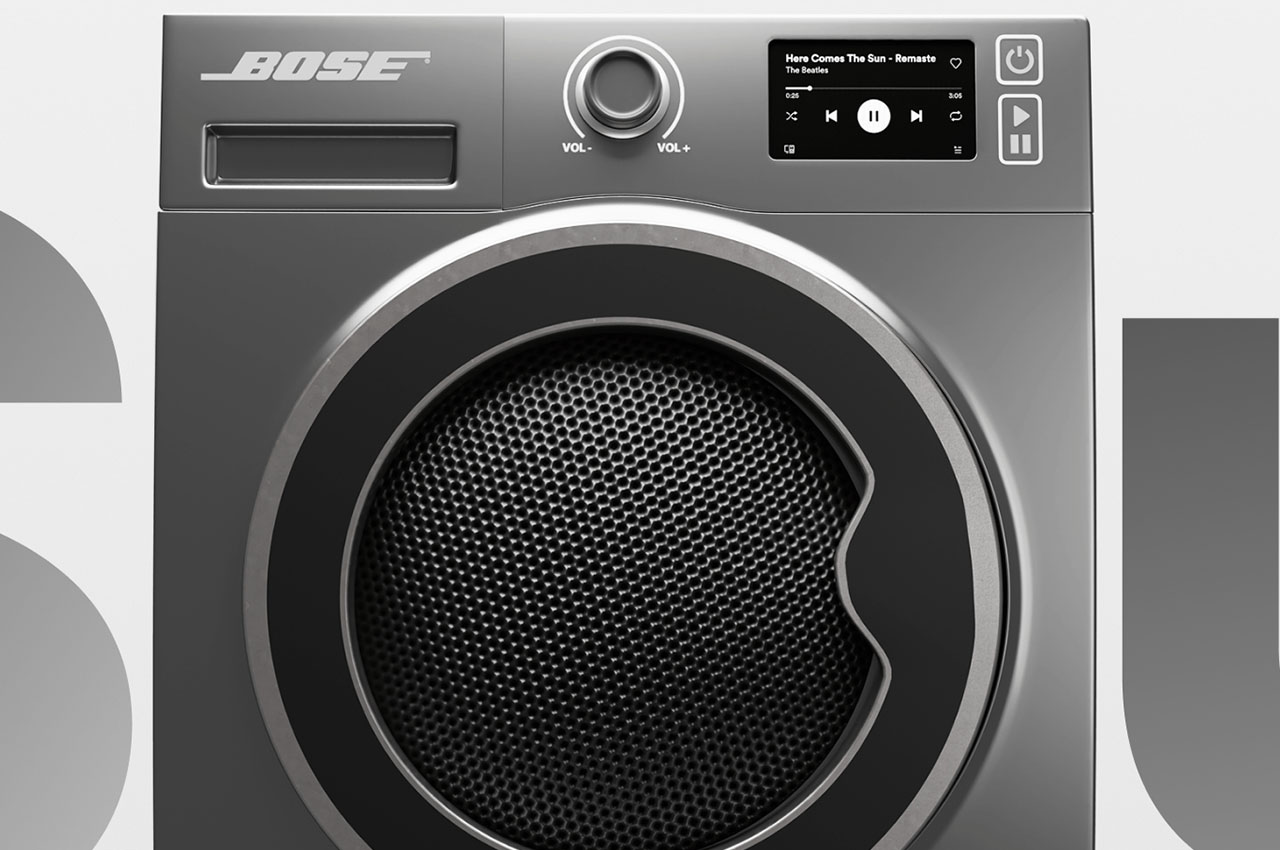
Although there is no detailed information about this concept’s development stage, there’s a picture at the end suggesting a prototype or a display model is indeed crafted by the designer. Dressed in a cool titanium grey finish, the portable speaker is a treat to watch if you are an audiophile who appreciates modern product design. The front of this cool gadget has all the audio telemetry to show the player controls on the touchscreen display along with the volume rocker knob, power button and play/pause buttons. On the left bottom side there’s the Bass actualizer knob.
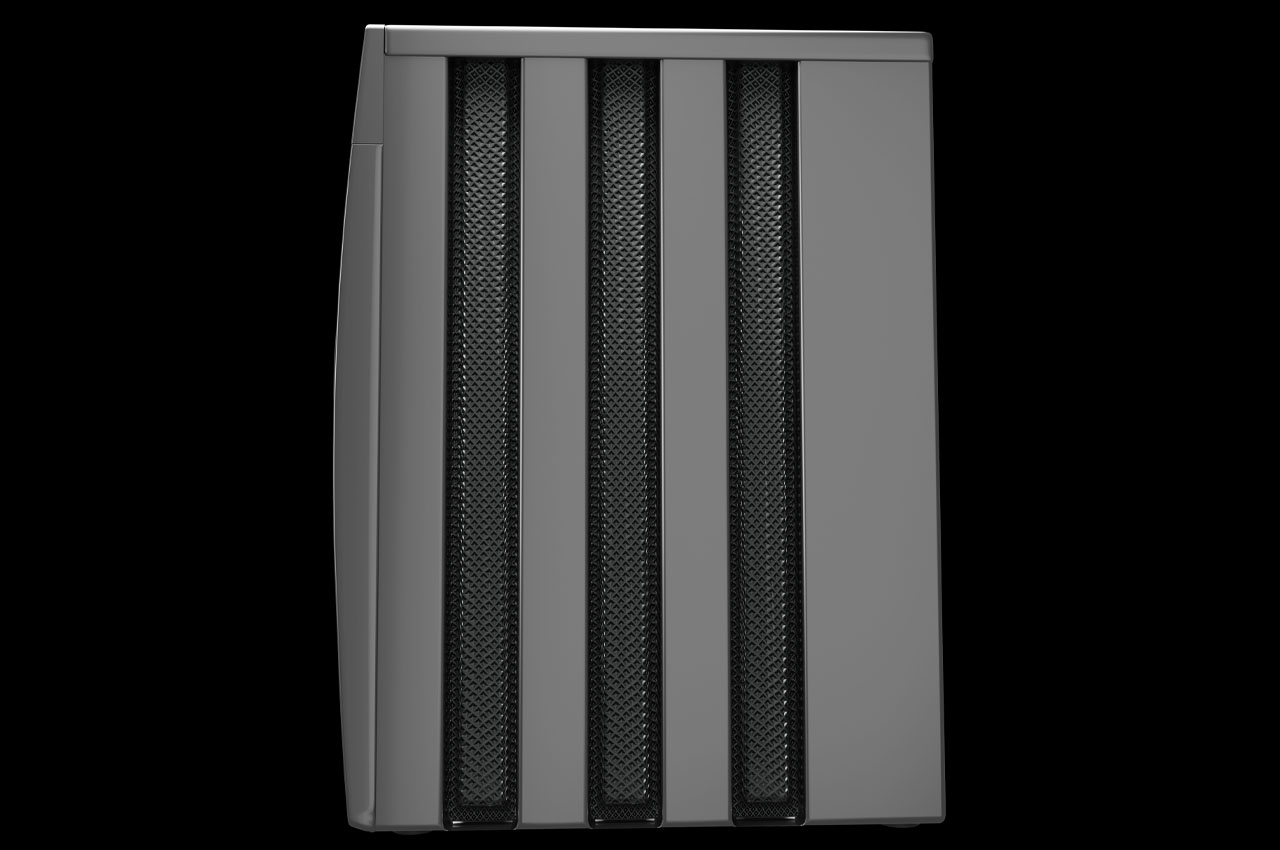
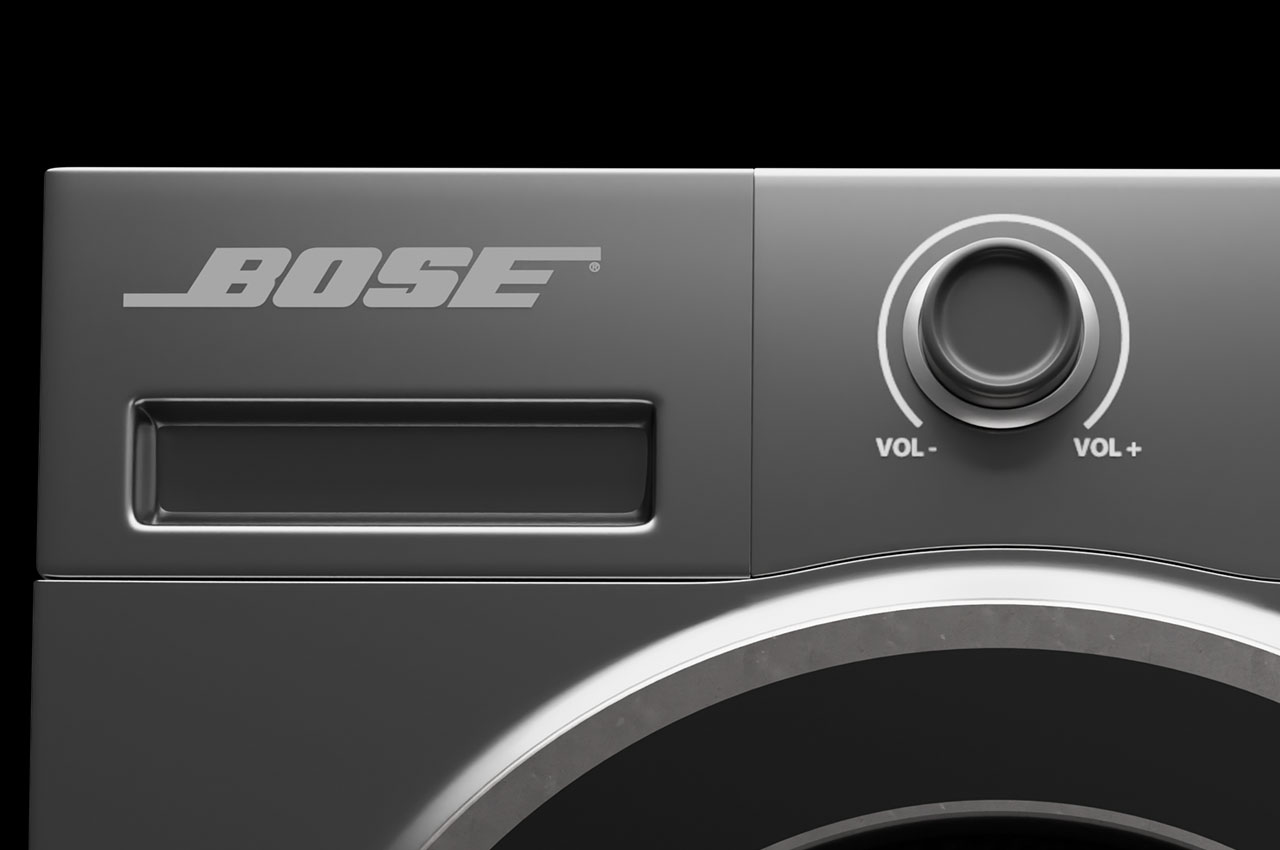
To the front lies the subwoofer and on each side are the stereo speakers to beam quality sound. Wireless connectivity should be a given on this one, since no one in 2024 would buy a portable speaker without that option. Frankly speaking, this portable speaker would rock your desk setup as well. Folks over at Bose would also be keenly viewing this design language if they want to add something on these lines to their existing line-up.
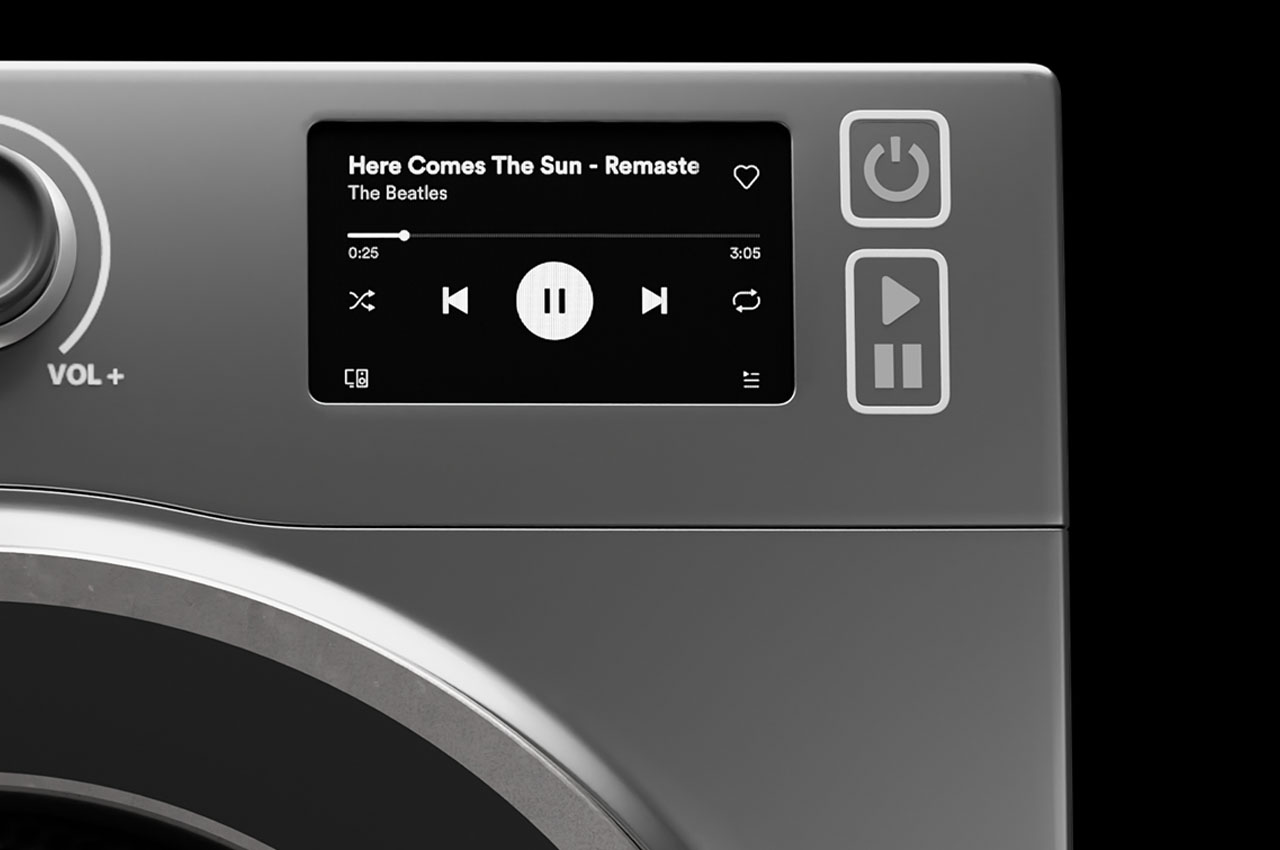
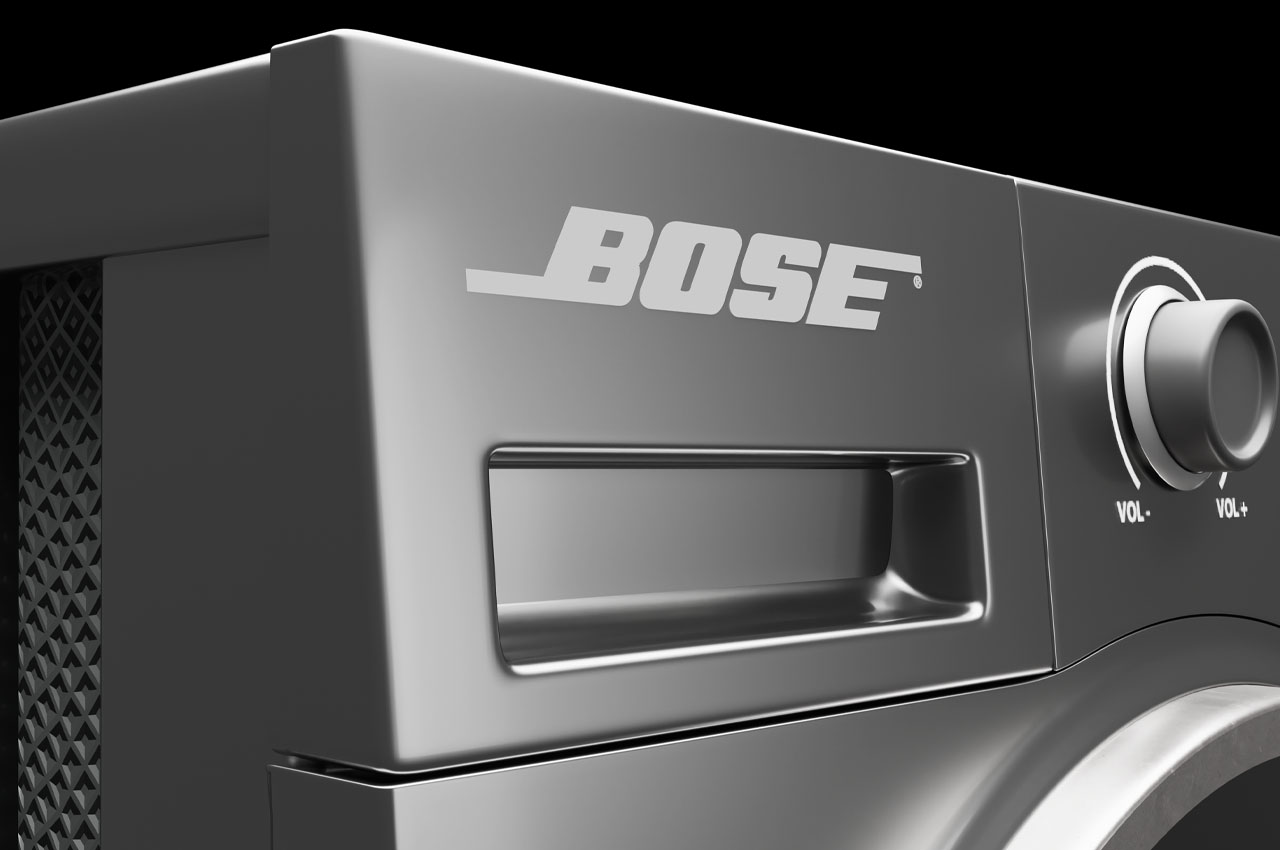
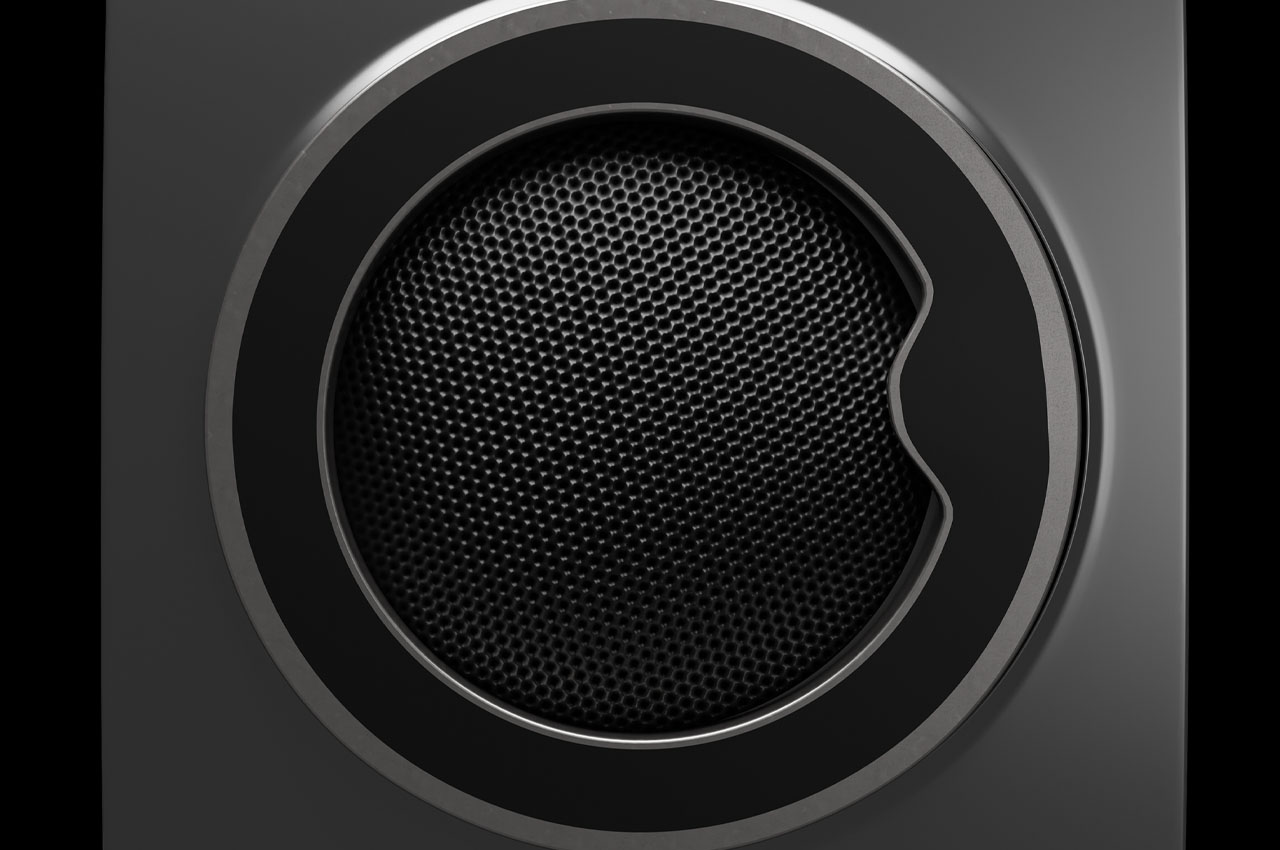
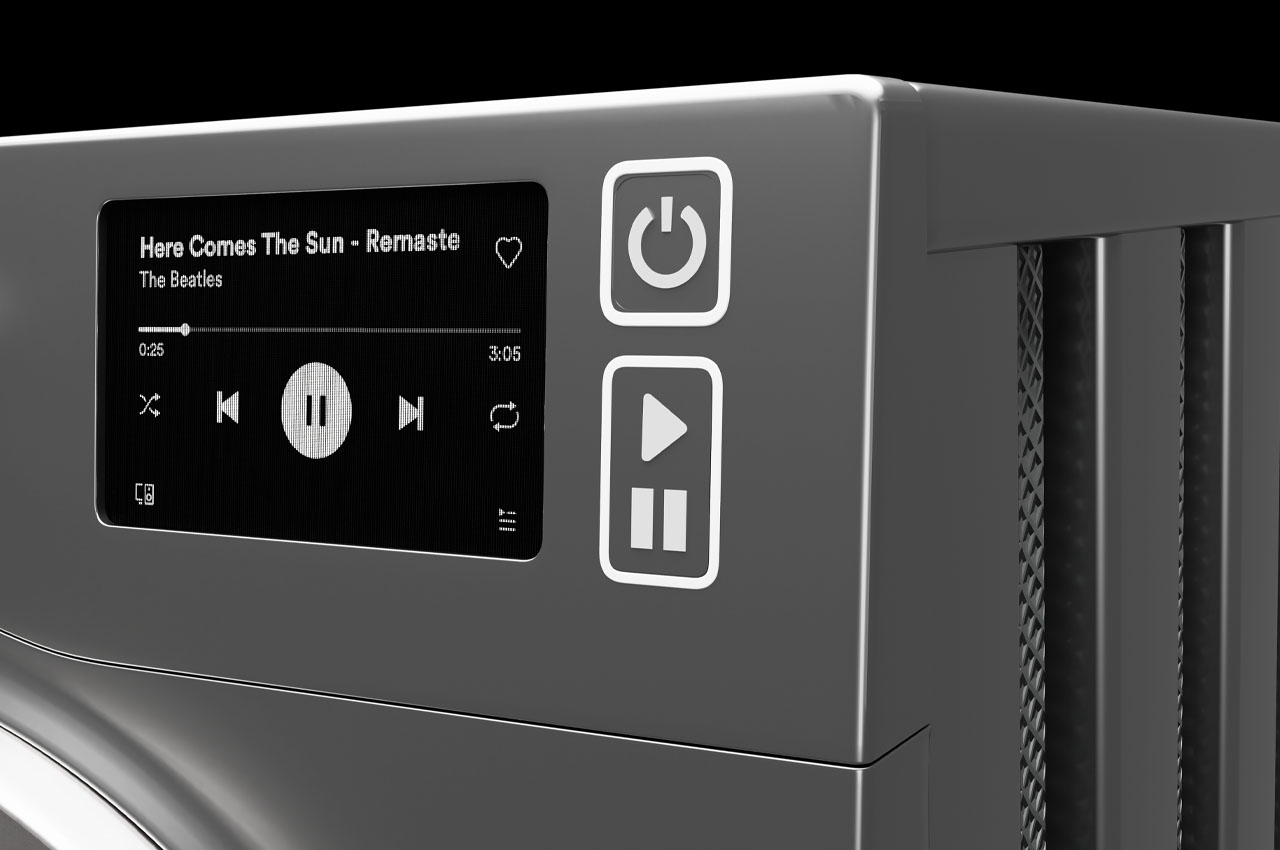
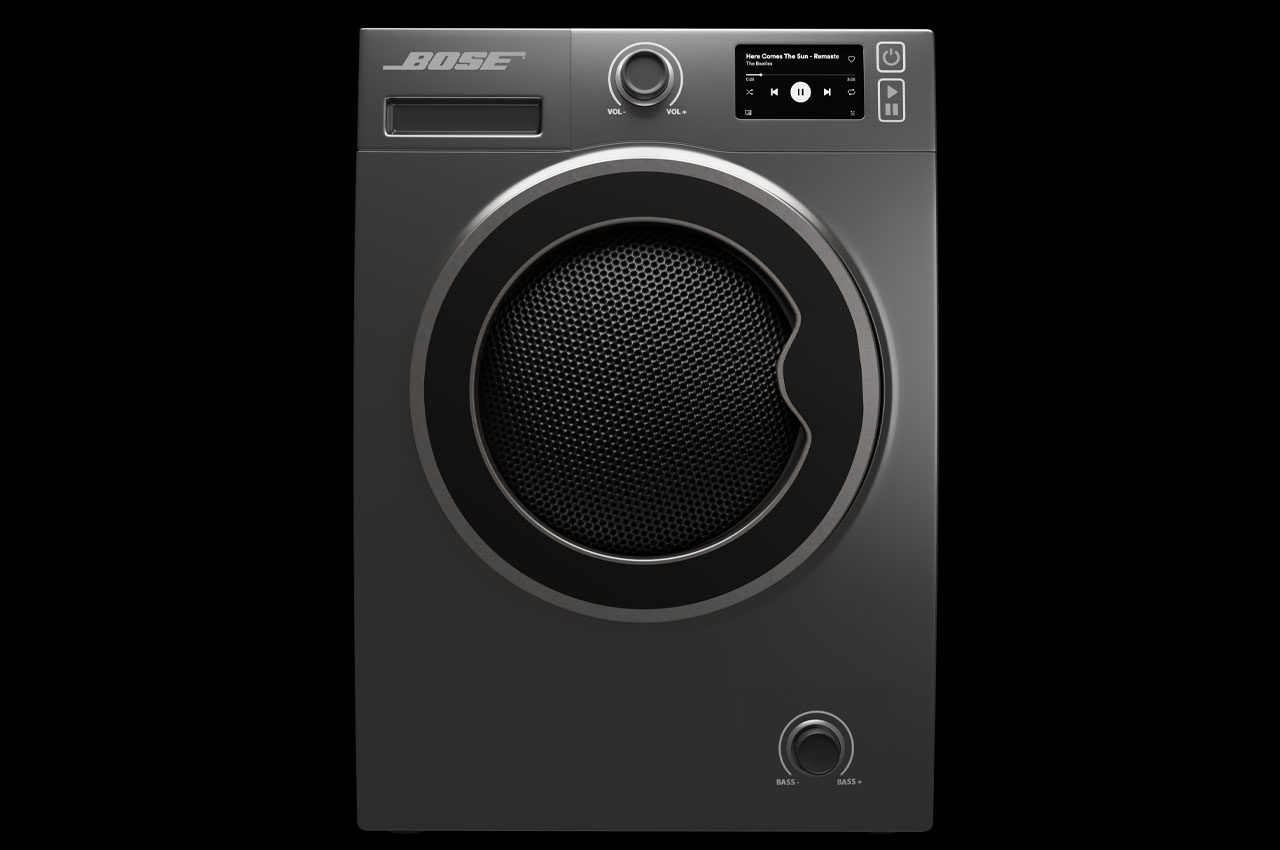
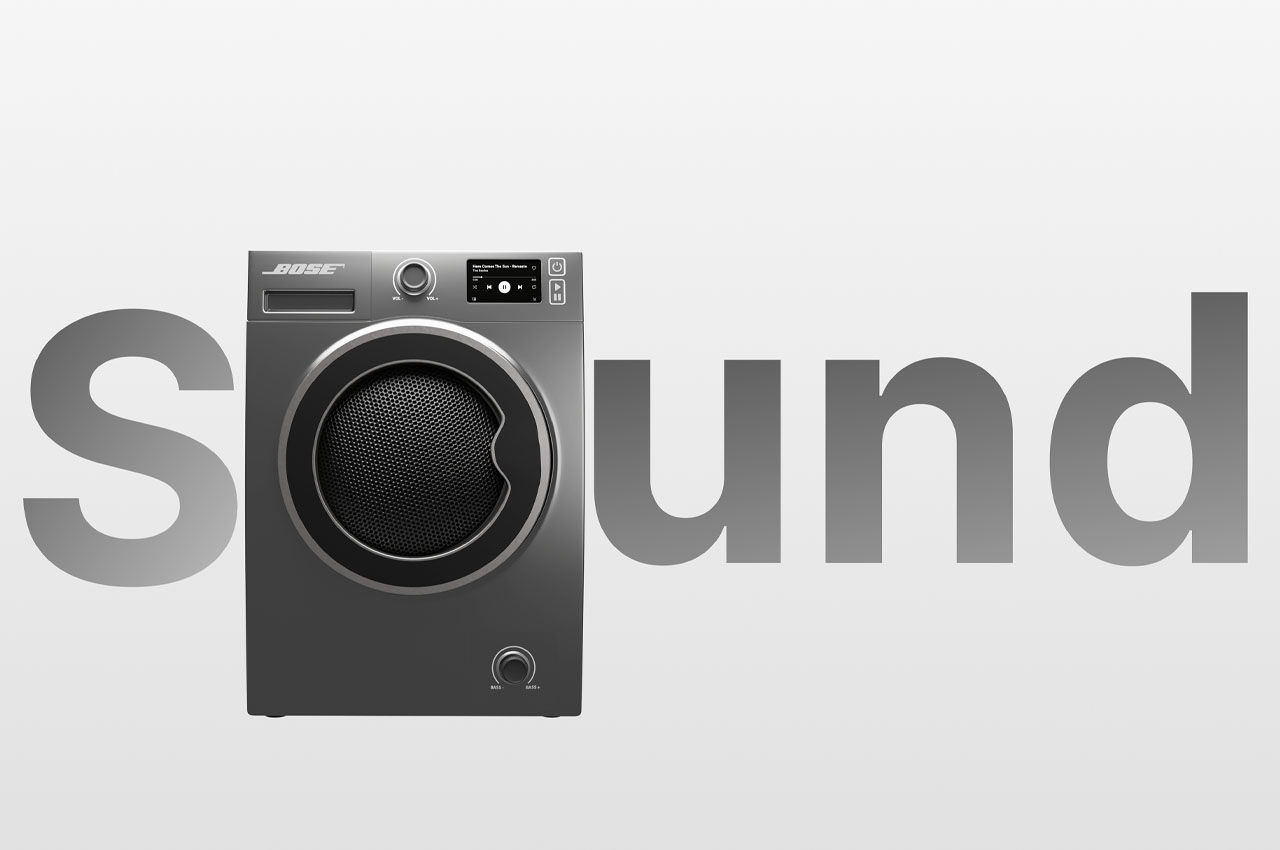
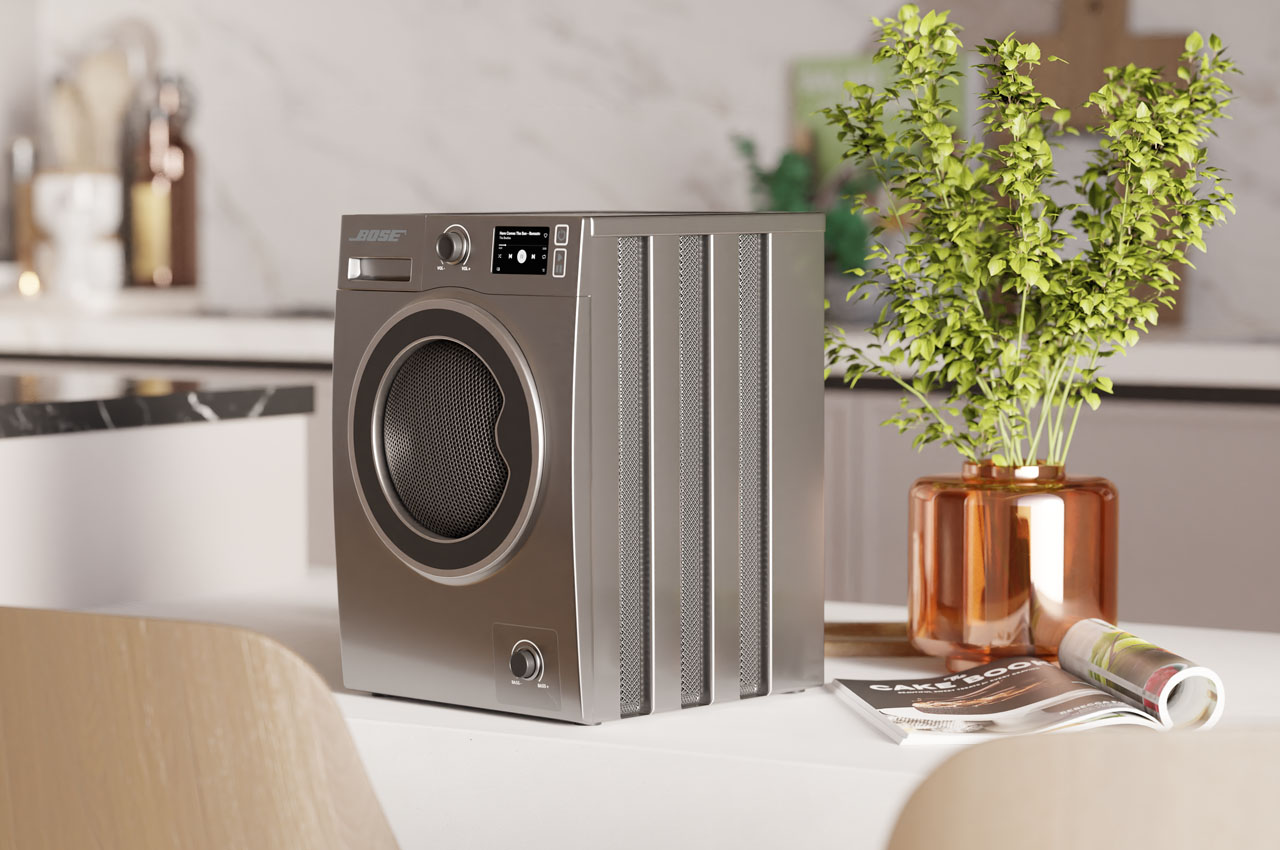
The post Bose Sound Spin portable speaker is disguised as a miniature front-loading washing machine first appeared on Yanko Design.
